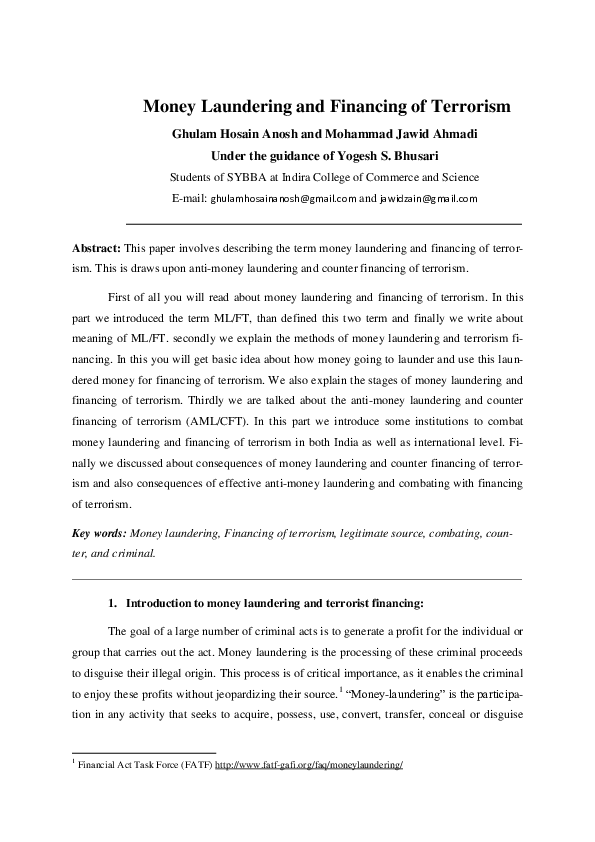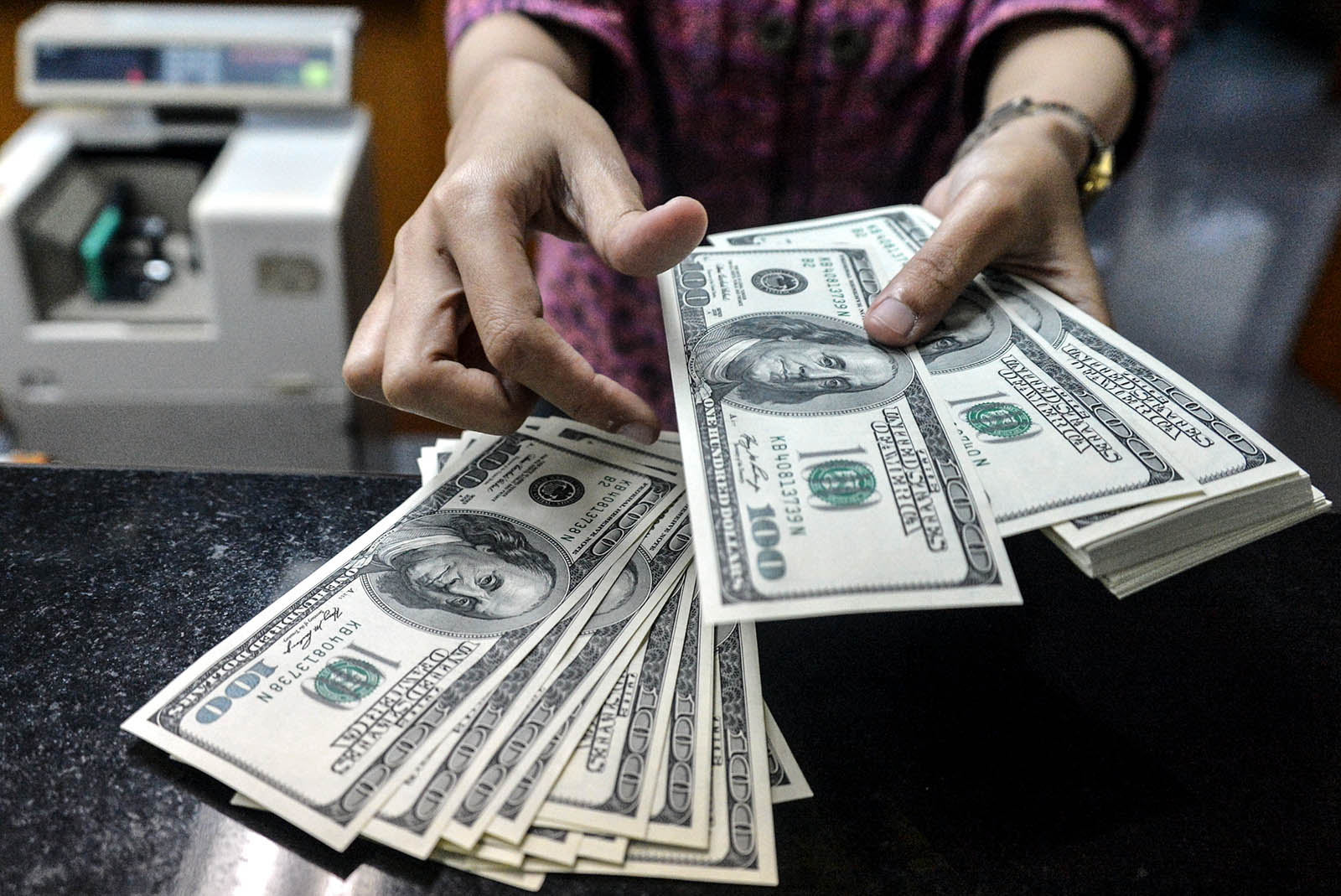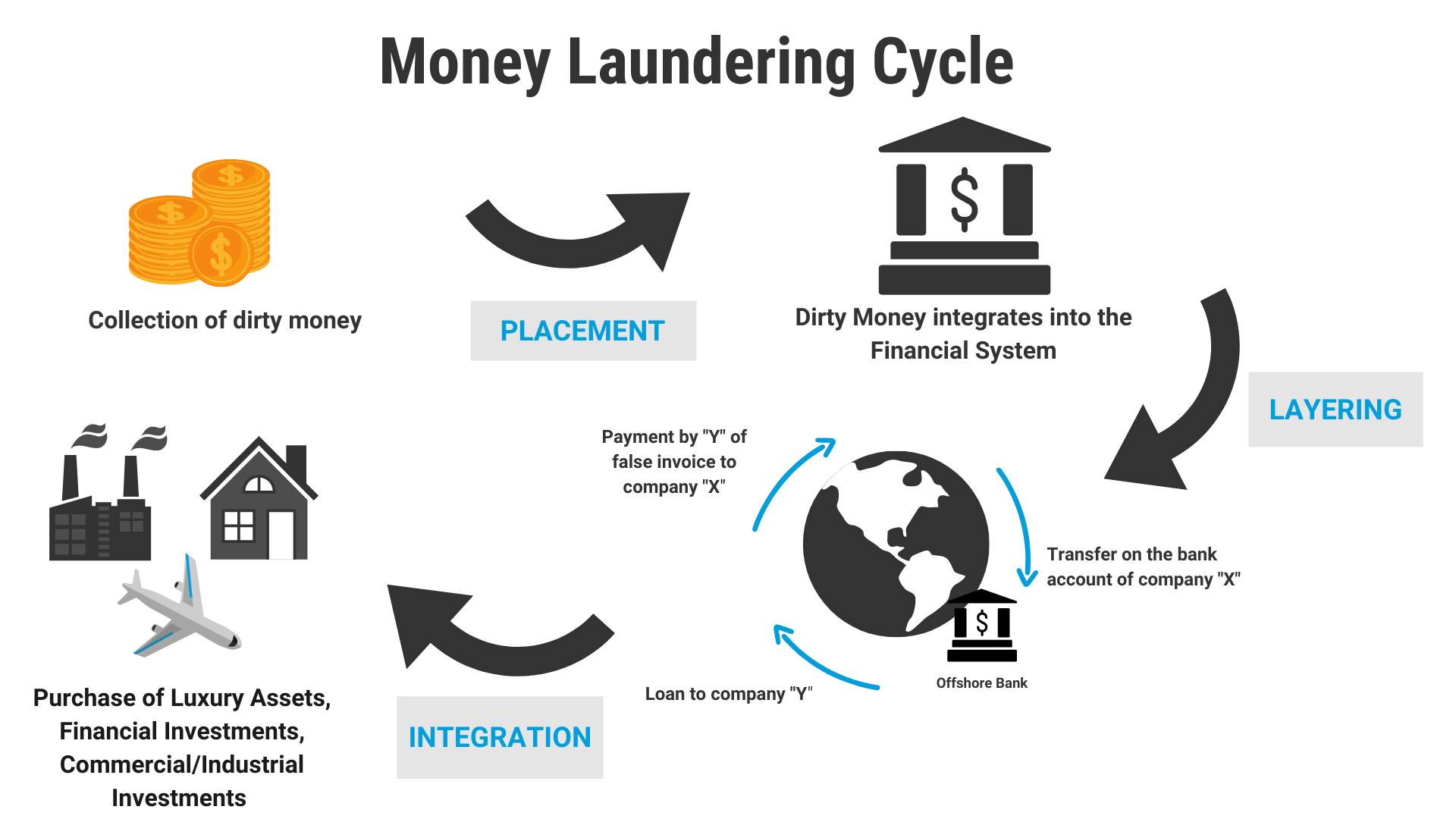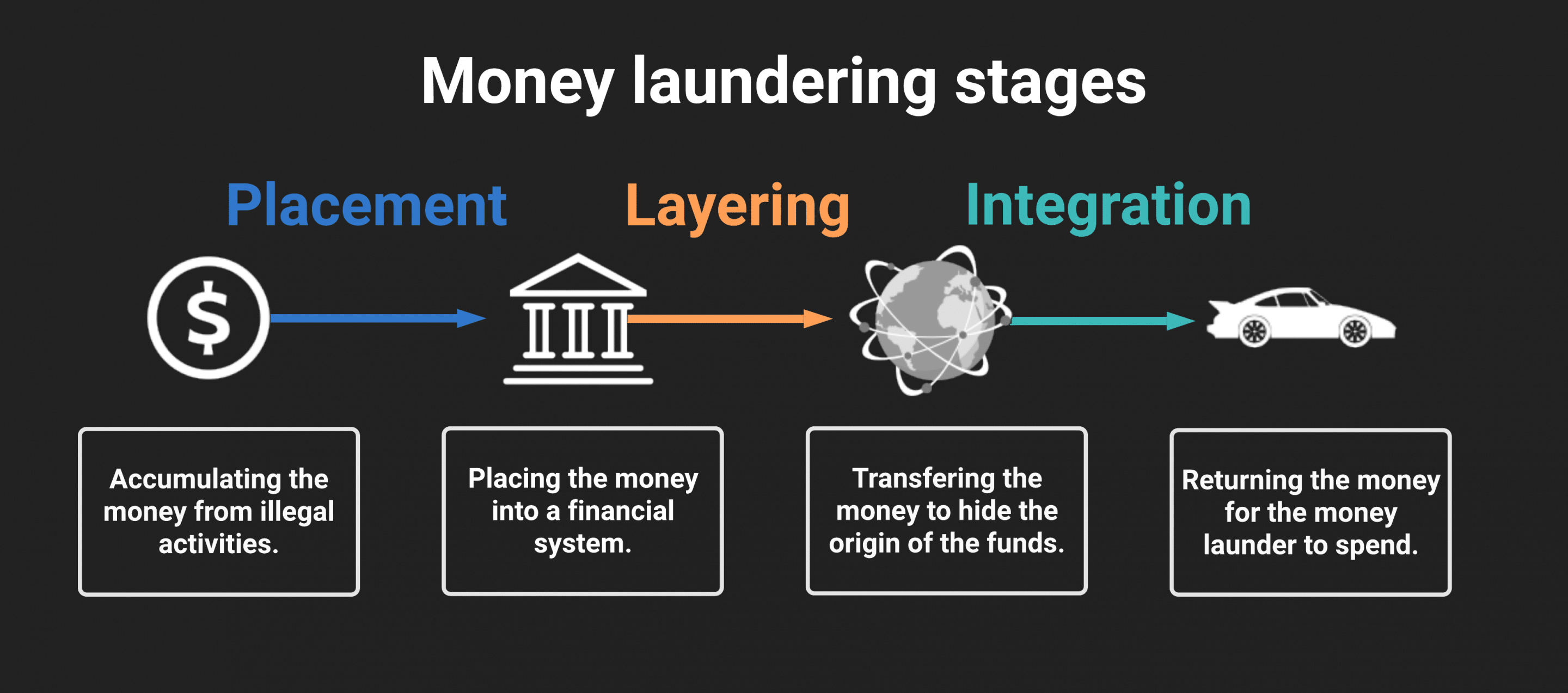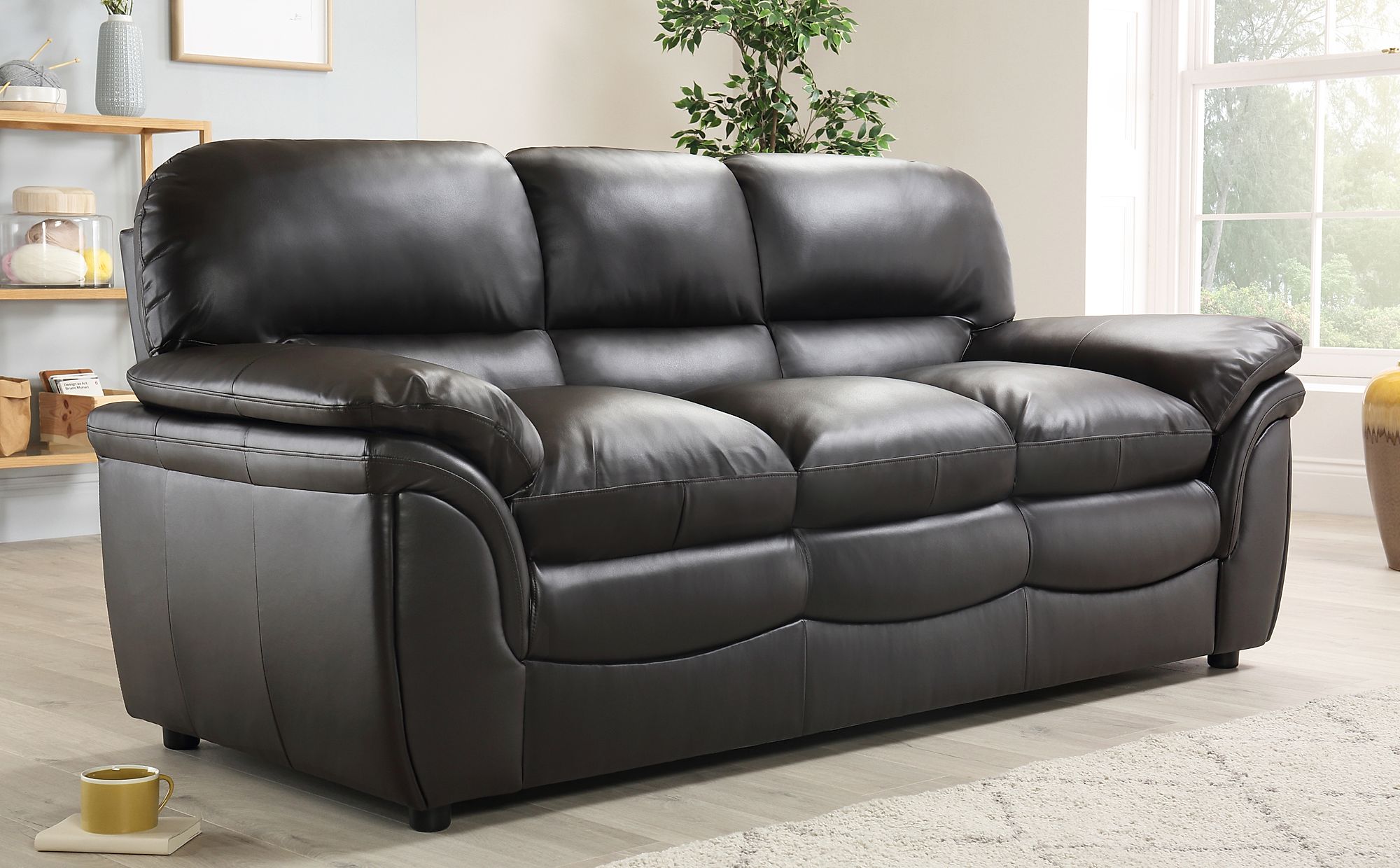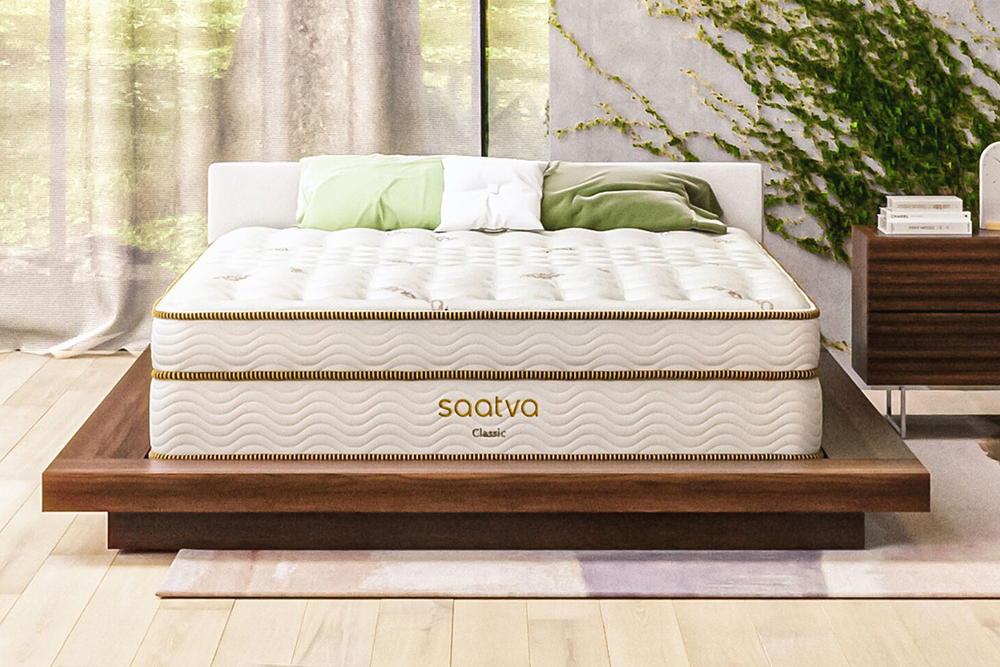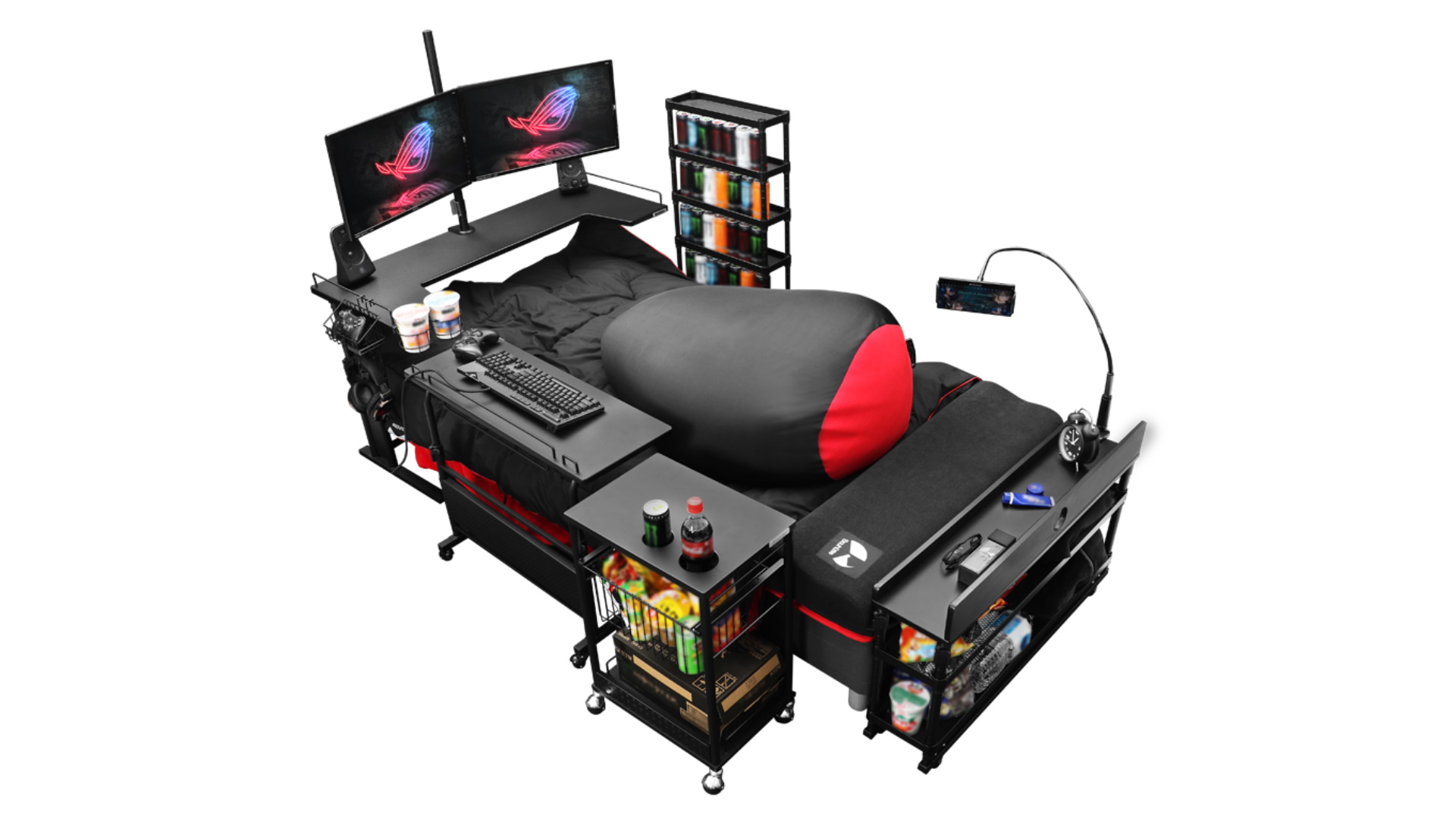Vacuuming is one of the most effective ways to remove bed bugs from a foam mattress. These pesky insects tend to hide in the crevices and folds of the mattress, making it difficult to spot them with the naked eye. Regularly vacuuming your mattress can help to suck up any bed bugs, eggs, and feces, reducing their population and preventing them from spreading to other areas of your home. Be sure to use a vacuum with a high-powered suction and a HEPA filter to ensure that the bed bugs are properly removed. It is also important to thoroughly vacuum all sides of the mattress, including the seams and edges. Vacuuming
Steam cleaning is another effective method for removing bed bugs from a foam mattress. The high temperatures of the steam can kill bed bugs and their eggs on contact. To steam clean your mattress, use a handheld steamer or a steam cleaner specifically designed for mattresses. Make sure to follow the manufacturer's instructions and focus on all areas of the mattress, including the seams and edges. It is also recommended to use a mattress encasement after steam cleaning to prevent a re-infestation. Steam Cleaning
Although bed bugs can survive in extreme temperatures, they are not resistant to freezing temperatures. Placing your foam mattress in a freezer for a few days can effectively kill bed bugs and their eggs. However, this method may not be suitable for larger mattresses or during warmer months. It is important to keep in mind that freezing may not reach all areas of the mattress, so it may be necessary to use other methods in conjunction with freezing. Freezing
Diatomaceous earth is a natural sedimentary rock that can be used as a non-toxic bed bug treatment. It works by dehydrating the bed bugs and causing them to die. Diatomaceous earth can be dusted onto the mattress and left for a few days before vacuuming it up. It is important to use food-grade diatomaceous earth and to wear a mask while applying it to avoid inhaling the fine particles. Diatomaceous Earth
Mattress encasements are specially designed covers that completely encase the mattress, providing a barrier against bed bugs. They are made of a material that is too thick for bed bugs to penetrate and often have zipper closures to prevent any bed bugs from entering or escaping. If your mattress is already infested, it is important to treat it before encasing it to prevent trapping the bed bugs inside. Mattress Encasement
Using insecticides should be a last resort when it comes to removing bed bugs from a foam mattress. If you choose to use insecticides, make sure to read and follow the instructions carefully, as they can be harmful if not used correctly. Also, be sure to choose an insecticide specifically designed for bed bugs and to treat the entire mattress, including the seams and edges. Insecticides
Bed bugs are sensitive to high temperatures, and exposing them to heat can effectively kill them. There are several methods for heat treating a foam mattress, including using a clothes dryer, a portable steamer, or a professional heat treatment service. Whichever method you choose, make sure to follow the instructions carefully and to monitor the temperature to ensure that it is high enough to kill the bed bugs. Heat Treatment
If you have tried multiple methods and are still struggling with a bed bug infestation, it may be time to call in the professionals. Exterminators have access to stronger and more effective treatments that can eliminate bed bugs from your foam mattress. They also have the knowledge and experience to properly identify and target the bed bug problem. It is important to choose a reputable and experienced extermination company to ensure the best results. Professional Extermination
There are several natural remedies that can help to remove bed bugs from a foam mattress. These include essential oils, such as lavender, tea tree, and peppermint, which have insect-repellent properties. You can mix a few drops of these essential oils with water and spray it onto your mattress to repel bed bugs. Other natural remedies include using baking soda, vinegar, and alcohol to kill bed bugs and their eggs. Keep in mind that these methods may not completely eliminate the infestation and may need to be used in combination with other methods. Natural Remedies
Laundering your bedding and linens is an essential step in removing bed bugs from a foam mattress. Bed bugs and their eggs can easily transfer onto your sheets and blankets, so it is important to wash them in hot water and dry them on high heat. This will effectively kill any bed bugs and prevent them from spreading. It is also recommended to vacuum and steam clean your mattress before putting clean bedding back on to ensure that any remaining bed bugs are removed. Laundering
How to Effectively Remove Bed Bugs from Your Foam Mattress

Understanding the Problem
 Bed bugs are a common household problem that can be both frustrating and difficult to get rid of. These small, oval-shaped insects feed on human blood and are known to infest mattresses, causing bites and potential health risks. Foam mattresses, in particular, can be a haven for bed bugs as they can easily burrow and hide within the layers. However, with the right approach and techniques, it is possible to successfully remove these pesky pests from your foam mattress.
Bed bugs are a common household problem that can be both frustrating and difficult to get rid of. These small, oval-shaped insects feed on human blood and are known to infest mattresses, causing bites and potential health risks. Foam mattresses, in particular, can be a haven for bed bugs as they can easily burrow and hide within the layers. However, with the right approach and techniques, it is possible to successfully remove these pesky pests from your foam mattress.
Step 1: Inspect and Identify
 The first step in removing bed bugs from your foam mattress is to thoroughly inspect and identify the extent of the infestation. Look for signs such as small reddish-brown spots on your mattress, which are bed bug feces, or tiny blood stains on your sheets. You may also be able to spot the bugs themselves, which are about the size of an apple seed and may have a musty odor.
The first step in removing bed bugs from your foam mattress is to thoroughly inspect and identify the extent of the infestation. Look for signs such as small reddish-brown spots on your mattress, which are bed bug feces, or tiny blood stains on your sheets. You may also be able to spot the bugs themselves, which are about the size of an apple seed and may have a musty odor.
Step 2: Vacuum and Clean
 Once you have identified the problem areas, it is important to vacuum your mattress thoroughly, paying close attention to seams, crevices, and any other areas where bed bugs may be hiding. After vacuuming, use a steam cleaner to clean your mattress, as the high temperatures can effectively kill bed bugs and their eggs. Be sure to also clean your bedding and any surrounding furniture to prevent re-infestation.
Once you have identified the problem areas, it is important to vacuum your mattress thoroughly, paying close attention to seams, crevices, and any other areas where bed bugs may be hiding. After vacuuming, use a steam cleaner to clean your mattress, as the high temperatures can effectively kill bed bugs and their eggs. Be sure to also clean your bedding and any surrounding furniture to prevent re-infestation.
Step 3: Use Natural Remedies
 There are several natural remedies that can be effective in getting rid of bed bugs from your foam mattress. These include essential oils such as
lavender
,
peppermint
, and
tea tree
, which have strong scents that can repel bed bugs. You can also make a solution using
diatomaceous earth
, a natural powder that is safe for humans but can be deadly to bed bugs. Simply sprinkle this powder over your mattress and let it sit for a few hours before vacuuming it up.
There are several natural remedies that can be effective in getting rid of bed bugs from your foam mattress. These include essential oils such as
lavender
,
peppermint
, and
tea tree
, which have strong scents that can repel bed bugs. You can also make a solution using
diatomaceous earth
, a natural powder that is safe for humans but can be deadly to bed bugs. Simply sprinkle this powder over your mattress and let it sit for a few hours before vacuuming it up.
Step 4: Consider Professional Help
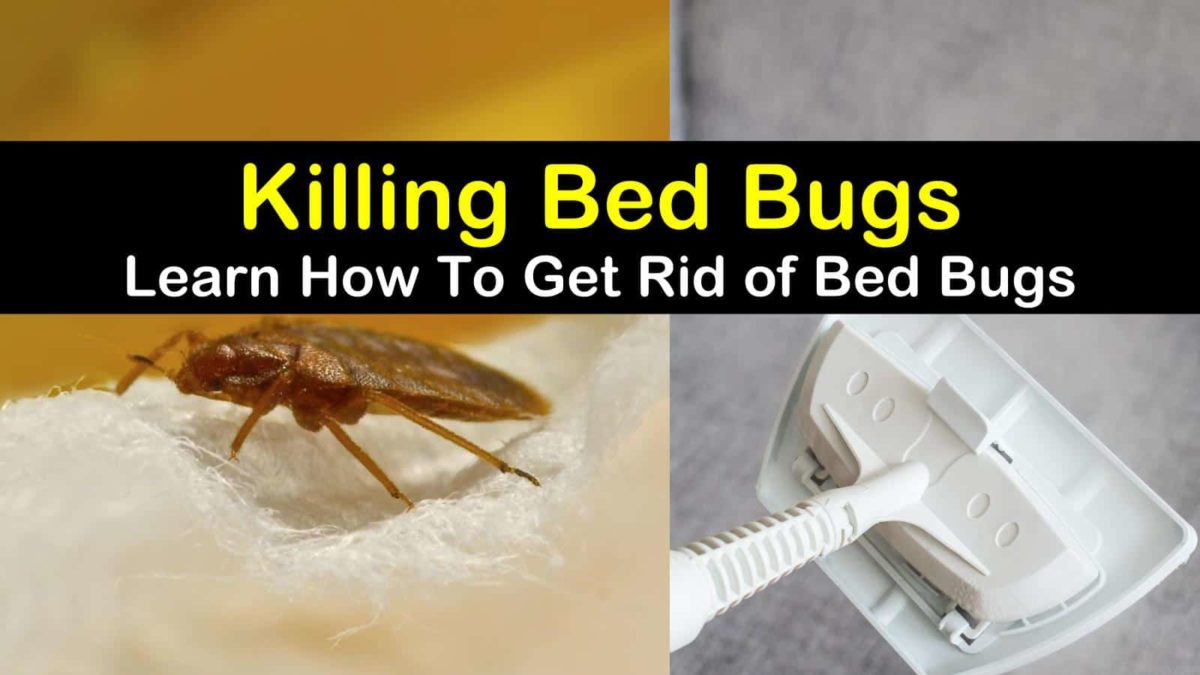 If the infestation is severe or if you have tried multiple methods without success, it may be necessary to seek professional help. Professional pest control companies have the expertise and tools to effectively eradicate bed bugs from your foam mattress. They may also offer ongoing treatment plans to prevent future infestations.
If the infestation is severe or if you have tried multiple methods without success, it may be necessary to seek professional help. Professional pest control companies have the expertise and tools to effectively eradicate bed bugs from your foam mattress. They may also offer ongoing treatment plans to prevent future infestations.
Preventing Future Infestations
 Once you have successfully removed bed bugs from your foam mattress, it is important to take preventative measures to avoid future infestations. This includes regularly vacuuming and cleaning your mattress, using mattress encasements, and keeping a clutter-free environment to reduce hiding spots for bed bugs.
In conclusion, removing bed bugs from your foam mattress may require a combination of approaches, including thorough cleaning, natural remedies, and professional help. By following these steps and taking preventative measures, you can effectively get rid of bed bugs and ensure a peaceful and bug-free sleep.
Once you have successfully removed bed bugs from your foam mattress, it is important to take preventative measures to avoid future infestations. This includes regularly vacuuming and cleaning your mattress, using mattress encasements, and keeping a clutter-free environment to reduce hiding spots for bed bugs.
In conclusion, removing bed bugs from your foam mattress may require a combination of approaches, including thorough cleaning, natural remedies, and professional help. By following these steps and taking preventative measures, you can effectively get rid of bed bugs and ensure a peaceful and bug-free sleep.
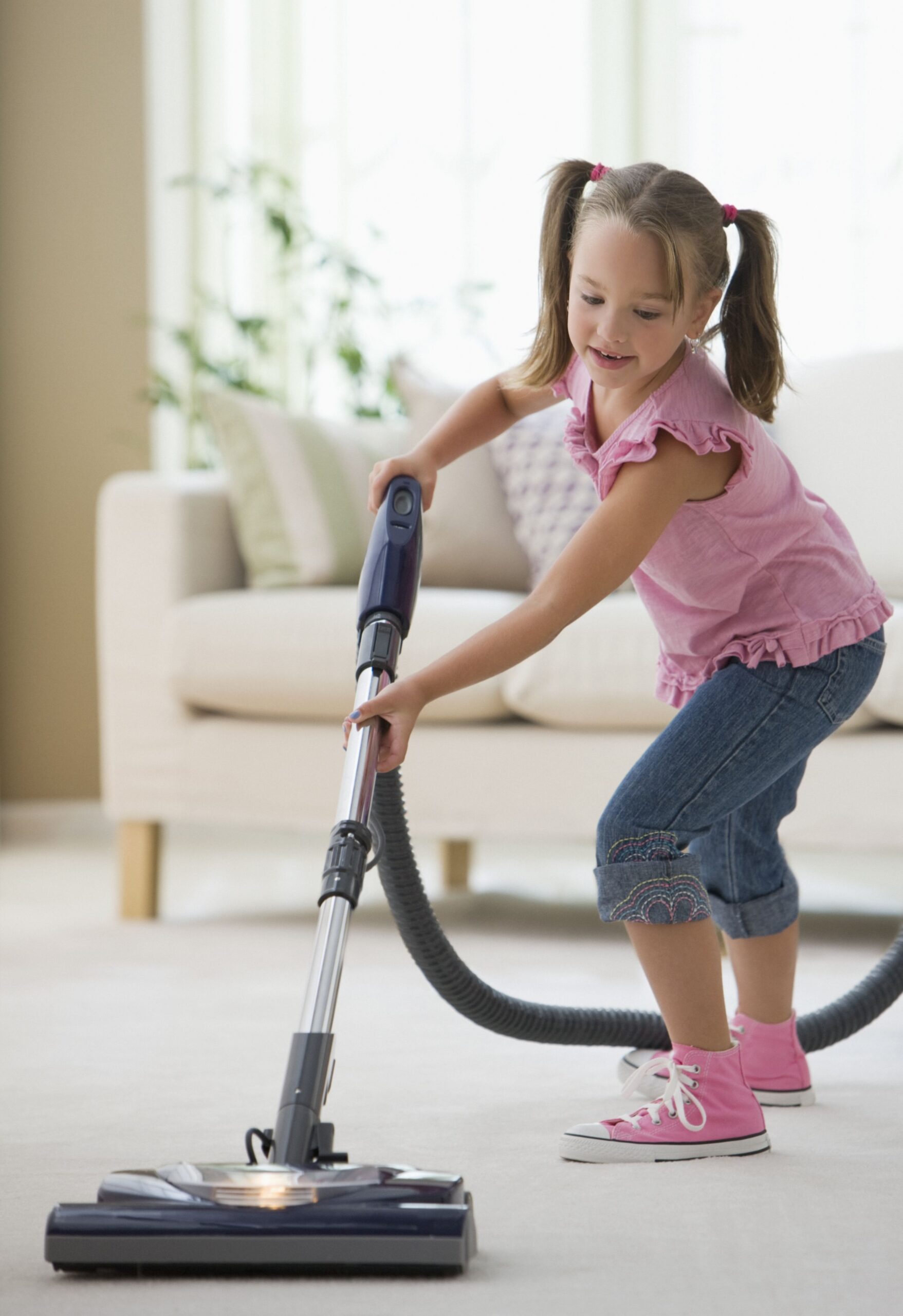


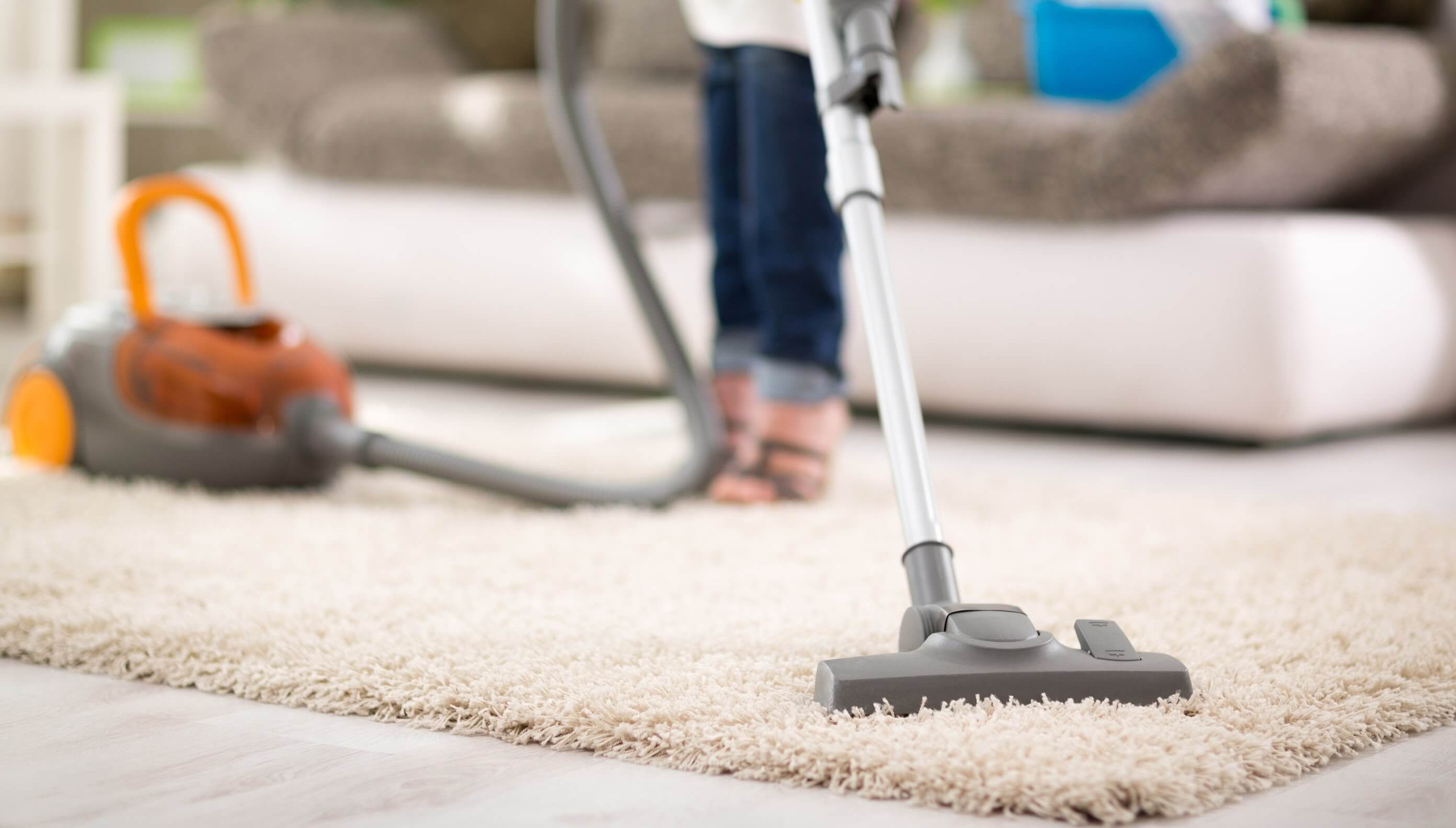

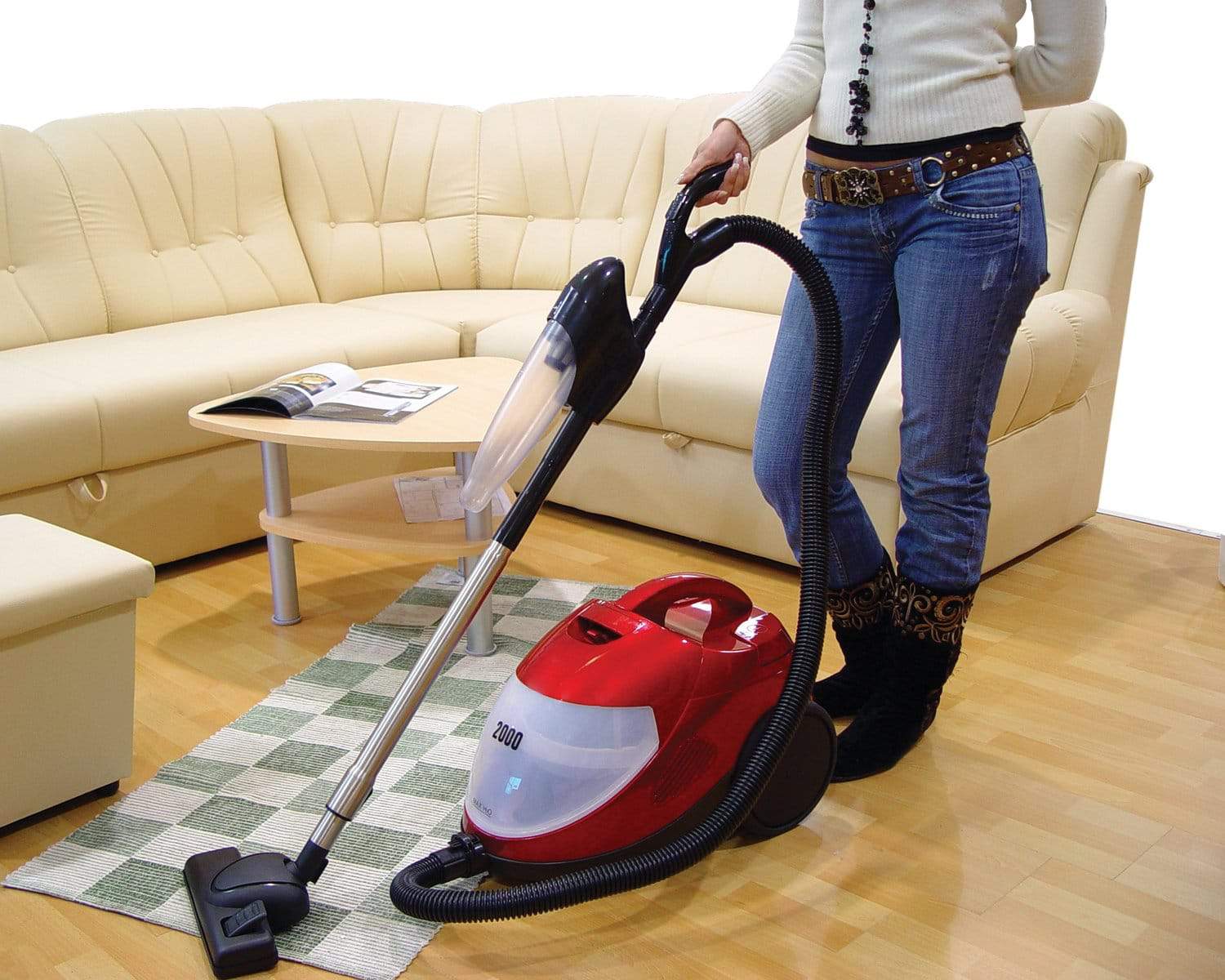

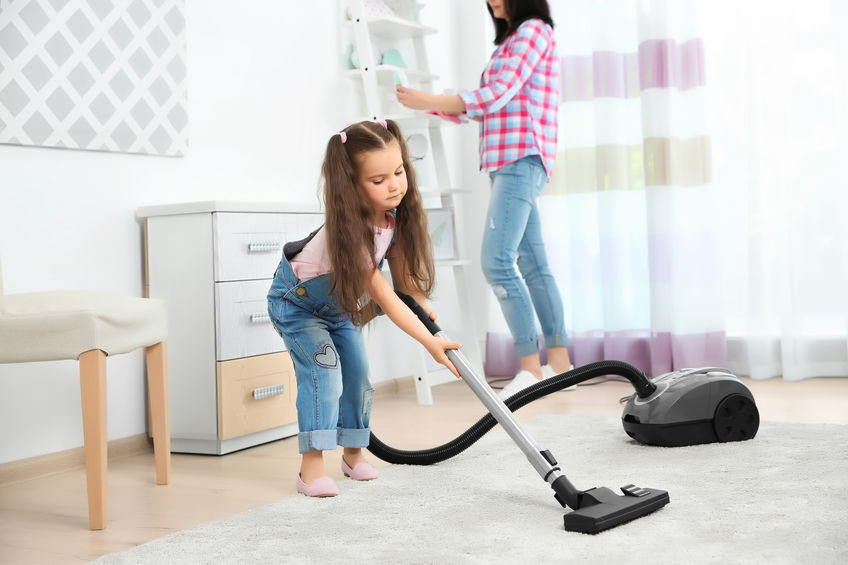


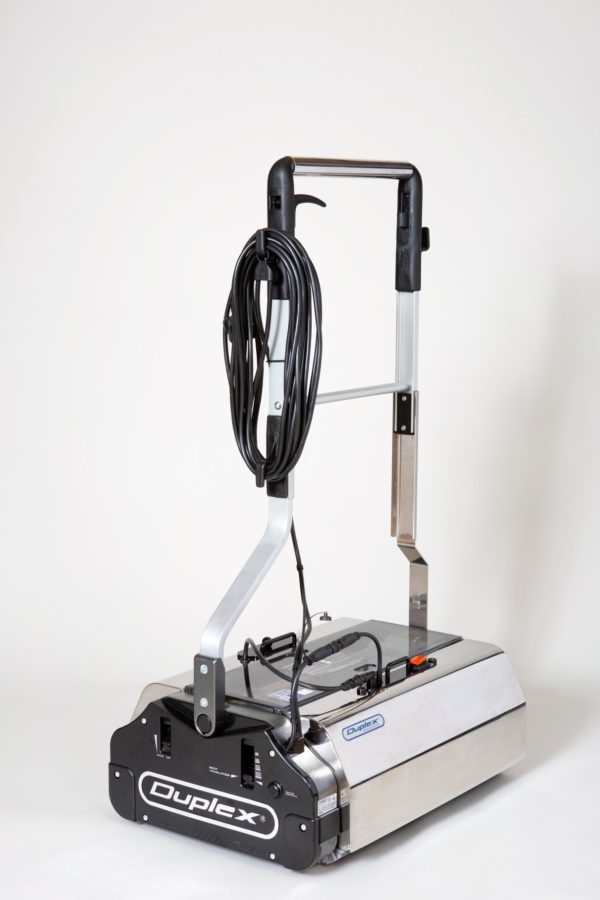

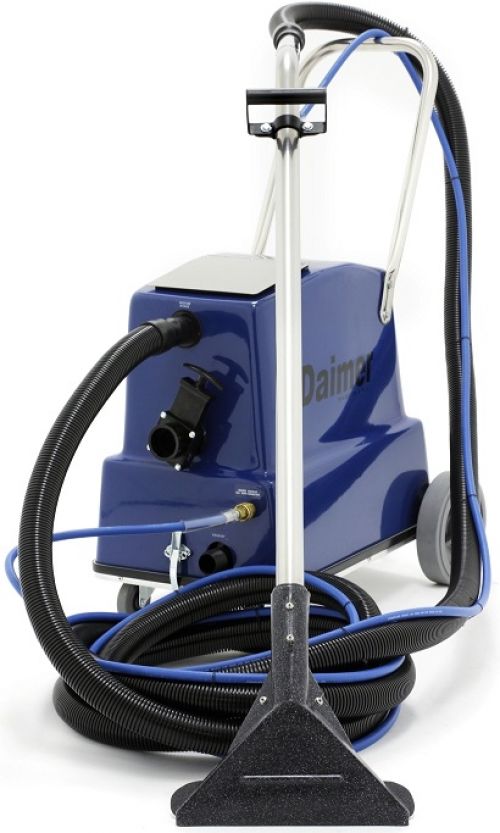

/steam-cleaner-838937998-5a95d2fa18ba010037e484ac.jpg)

:max_bytes(150000):strip_icc()/cleaning-tile-grout-with-steam-4125933_07-fad8b57de10d426aa1f9f7bf096bb35c.jpg)

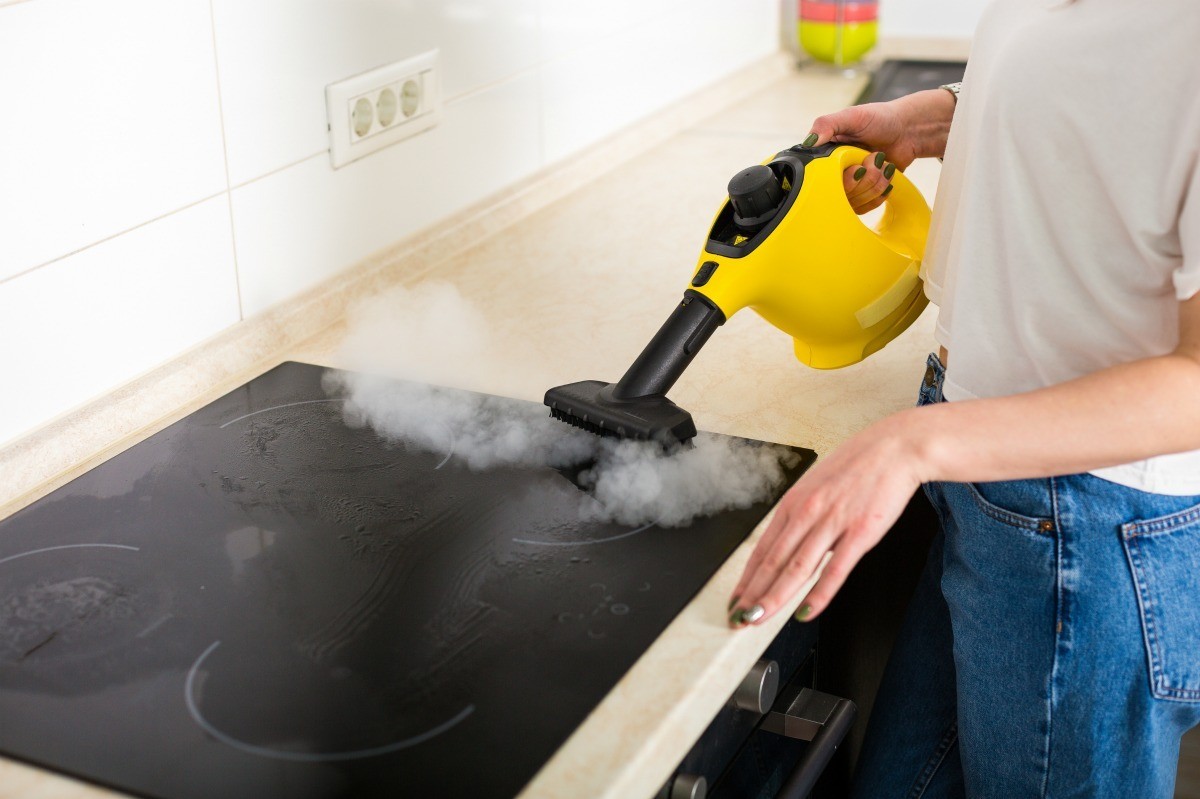
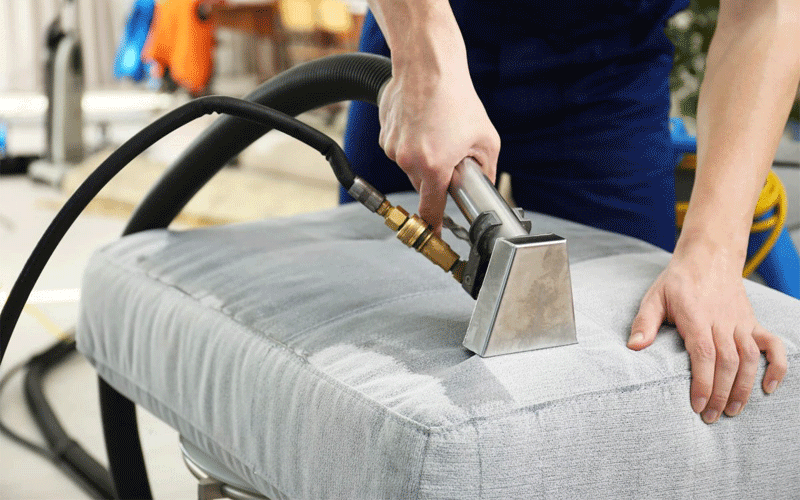

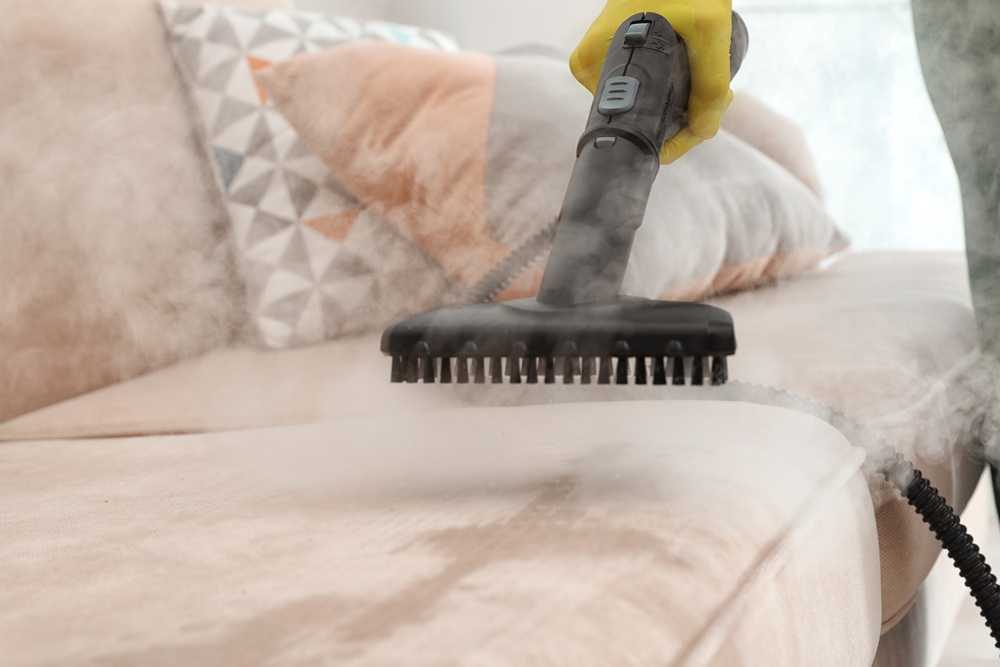
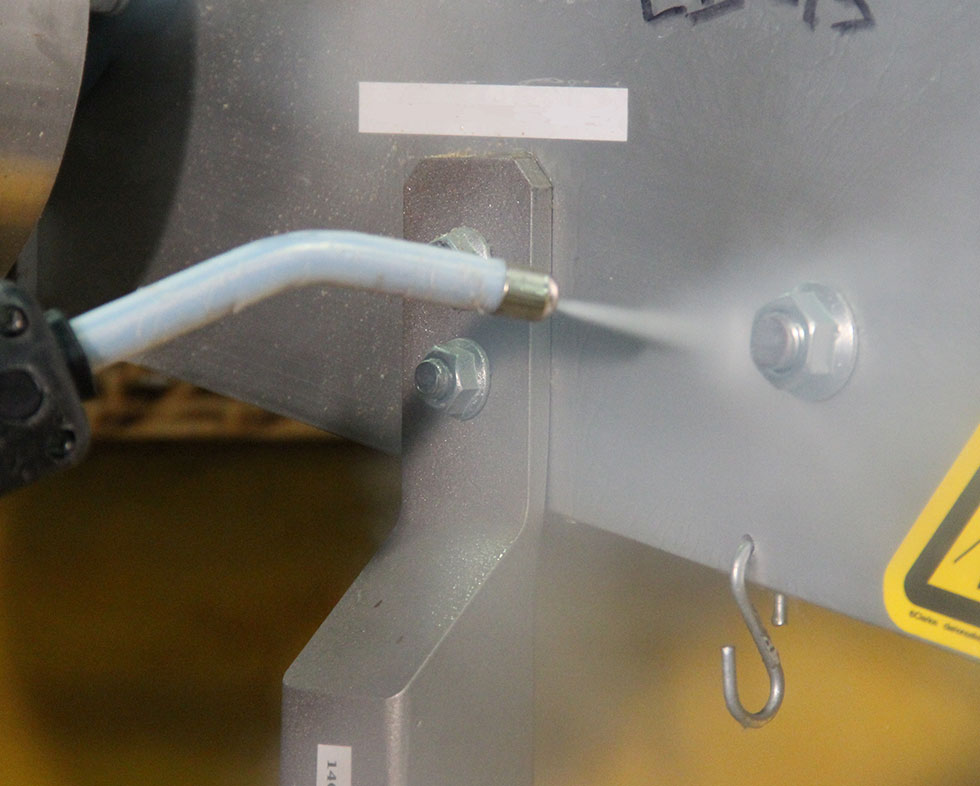
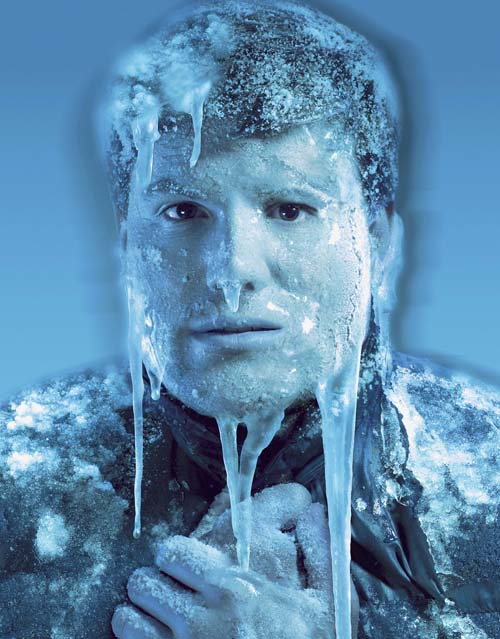


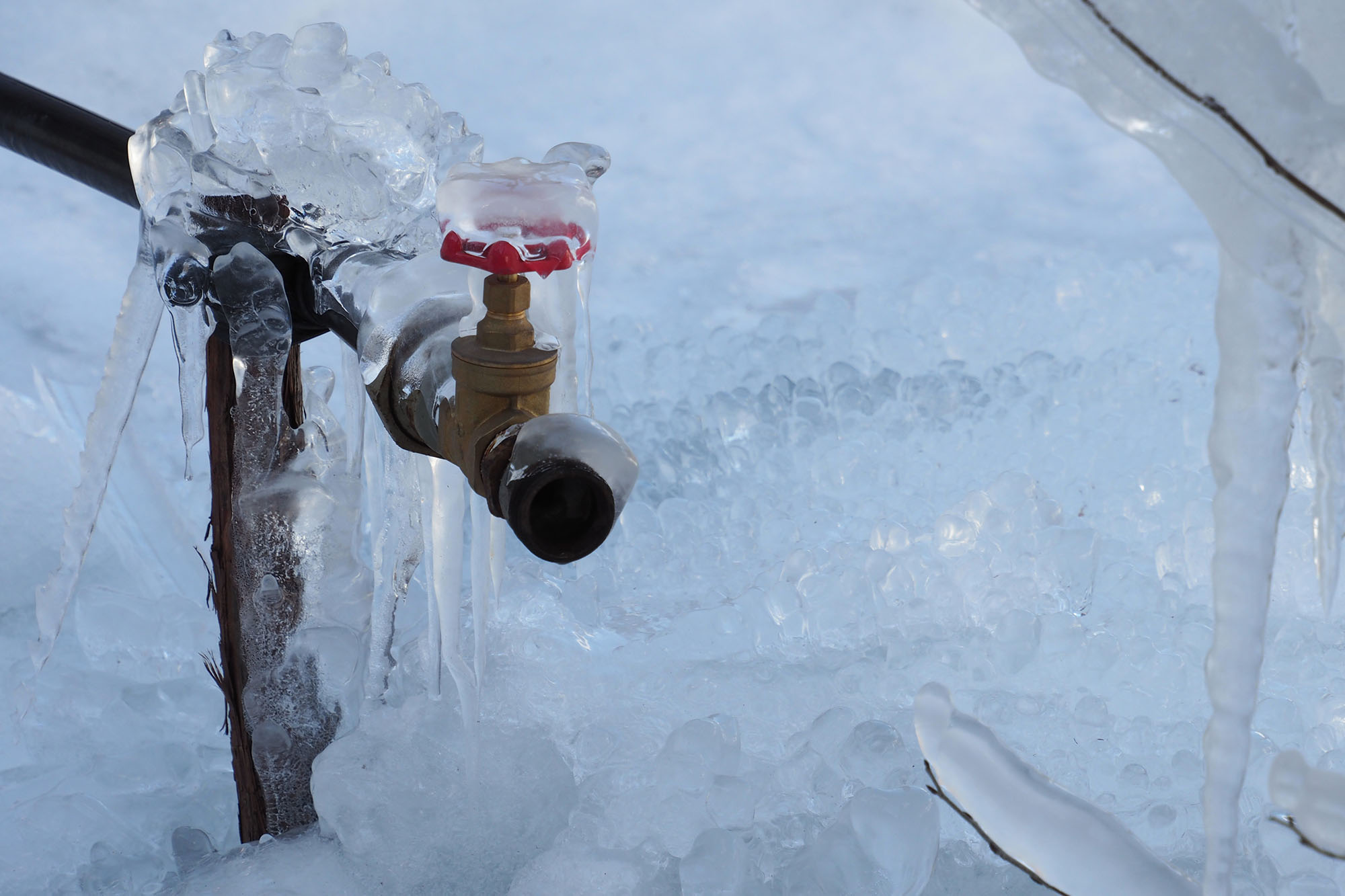

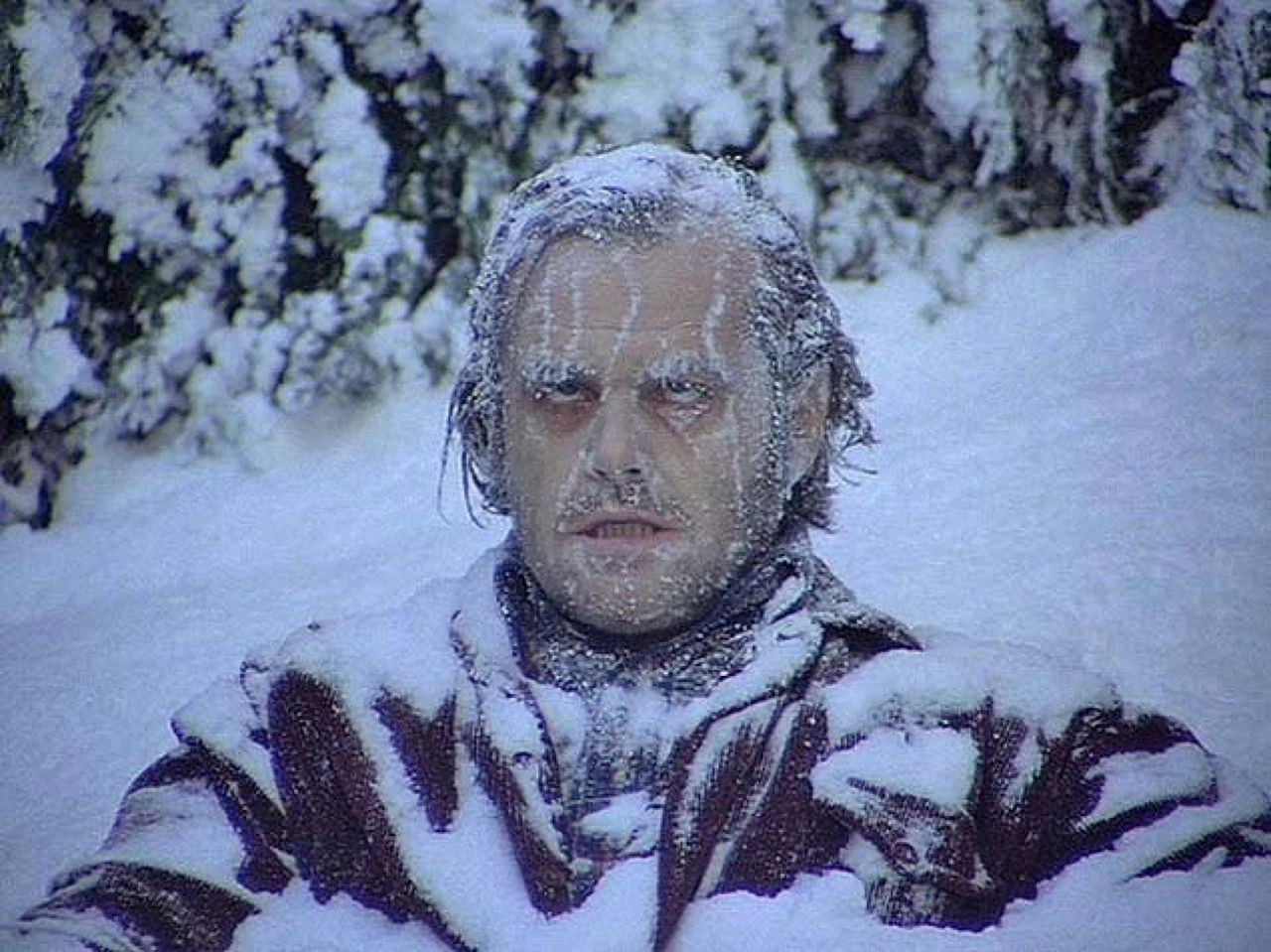

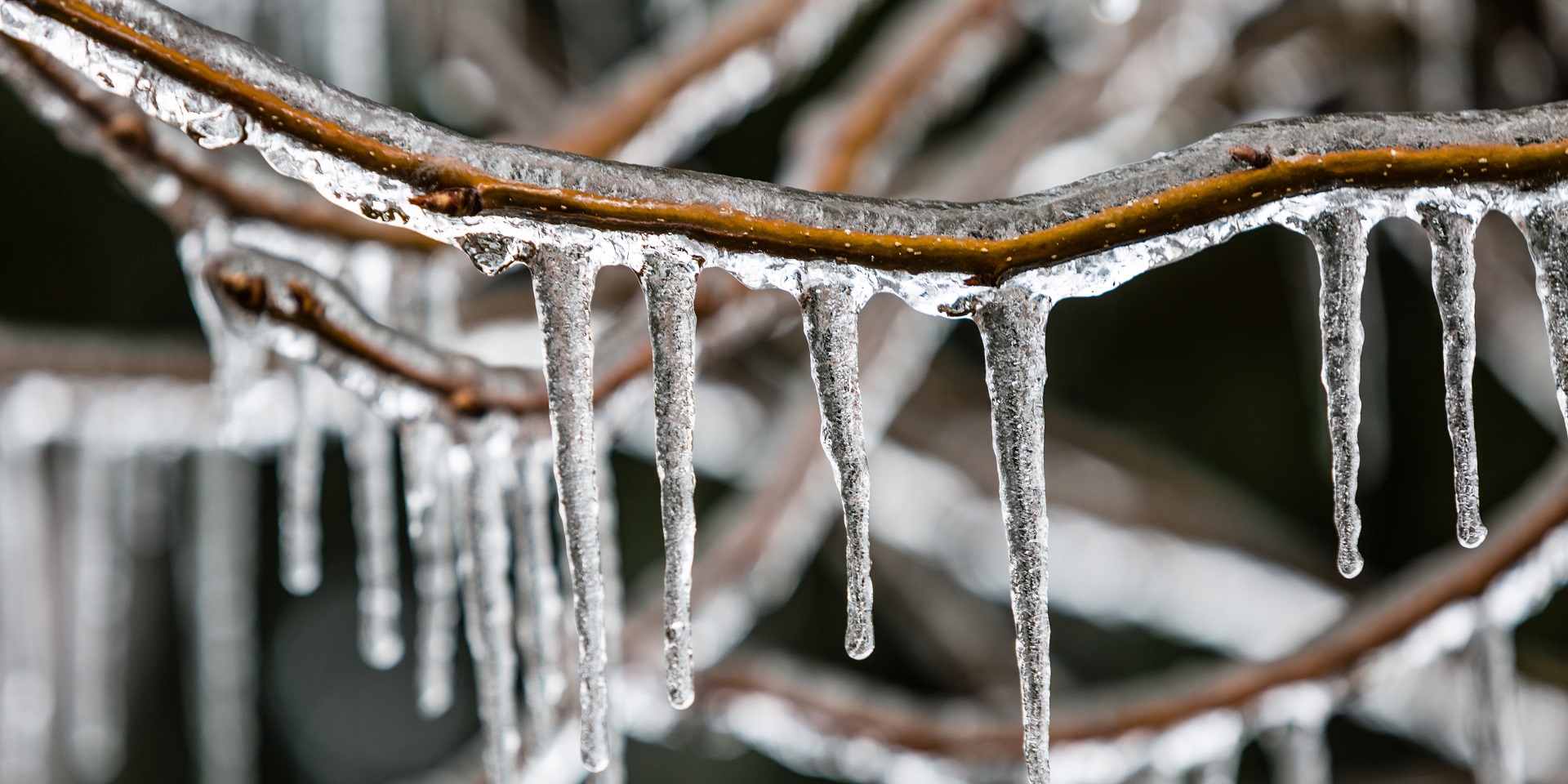
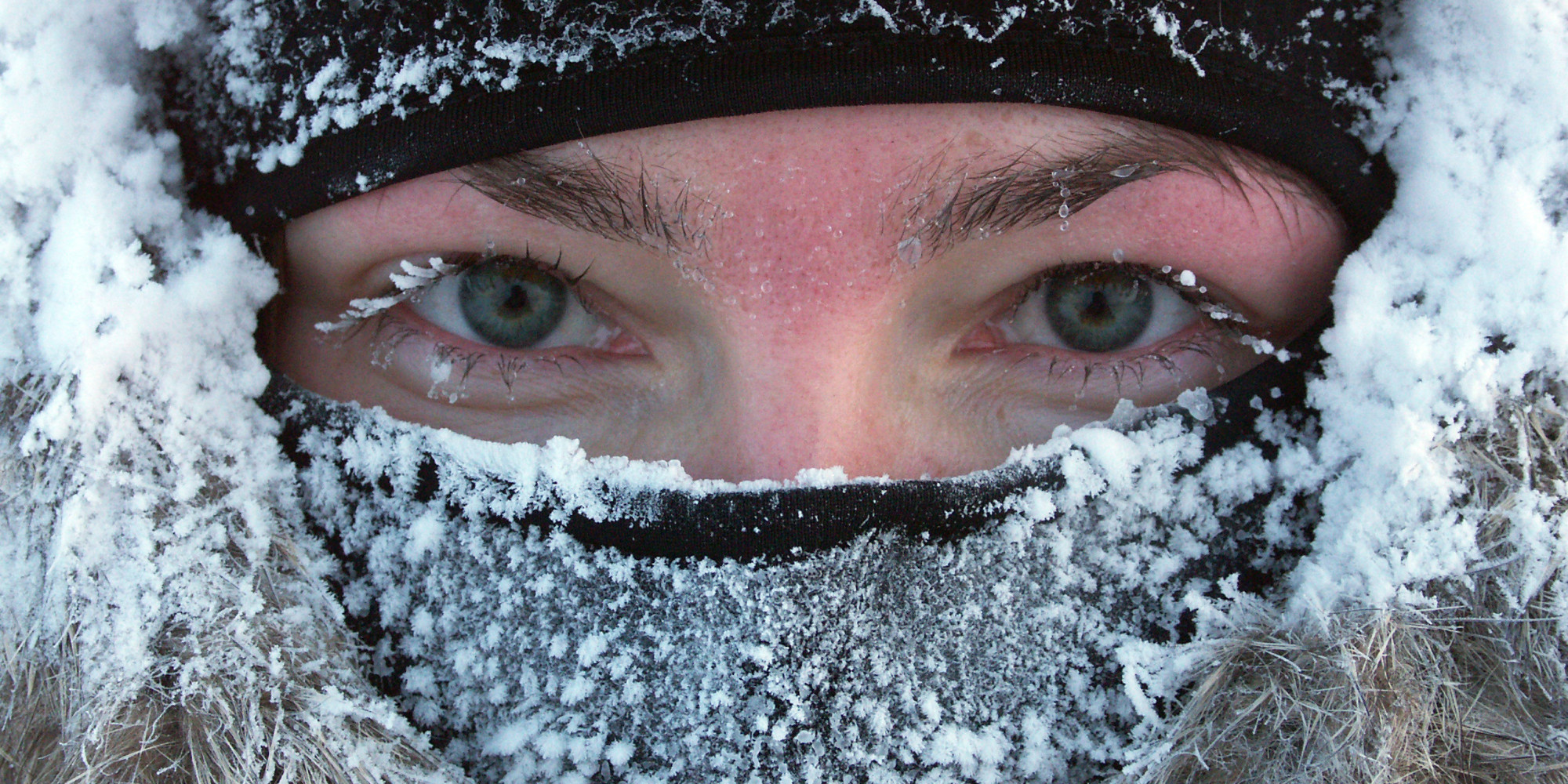




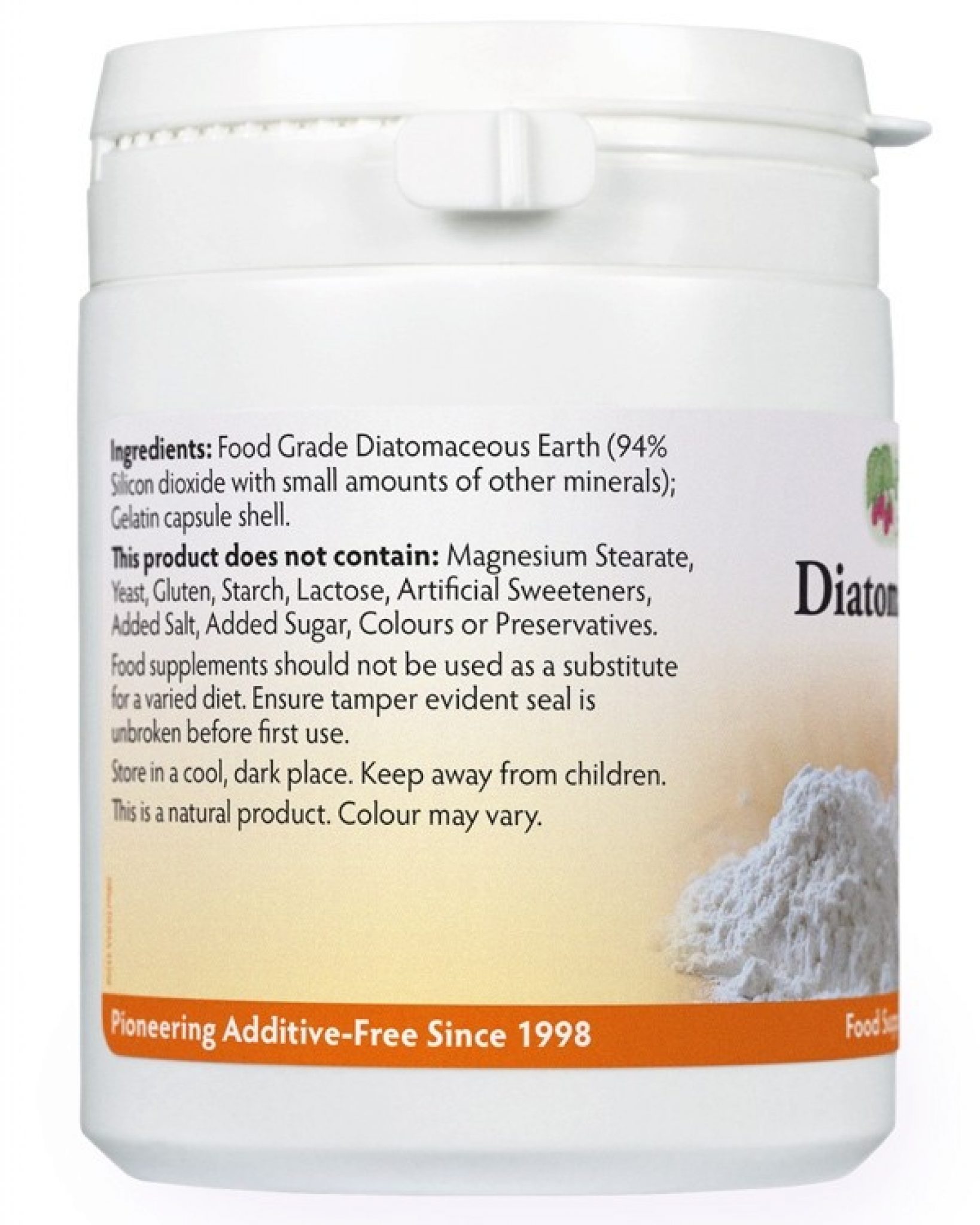

:max_bytes(150000):strip_icc()/diatomaceous-earth-649094702-5c41130446e0fb0001e30e02.jpg)


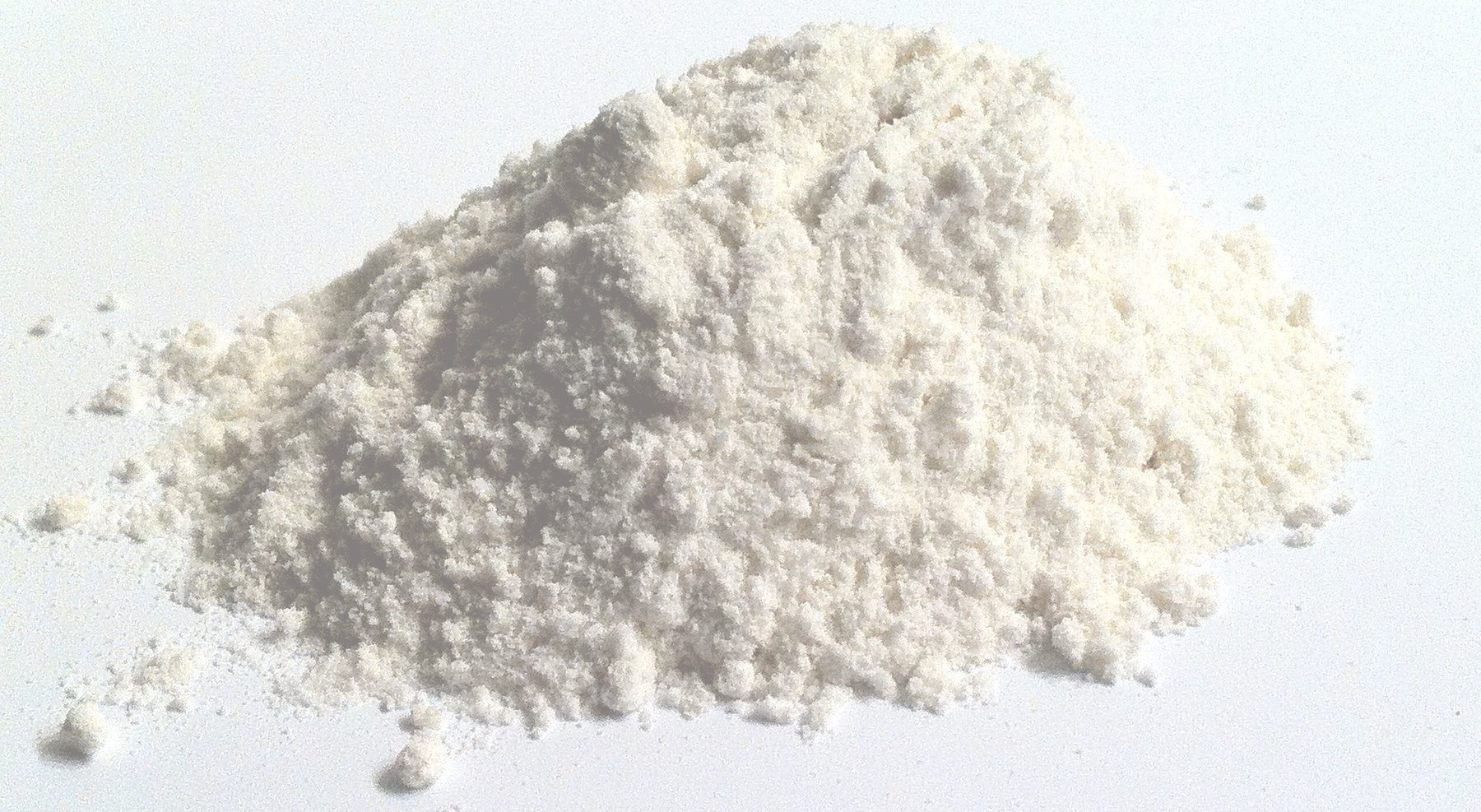

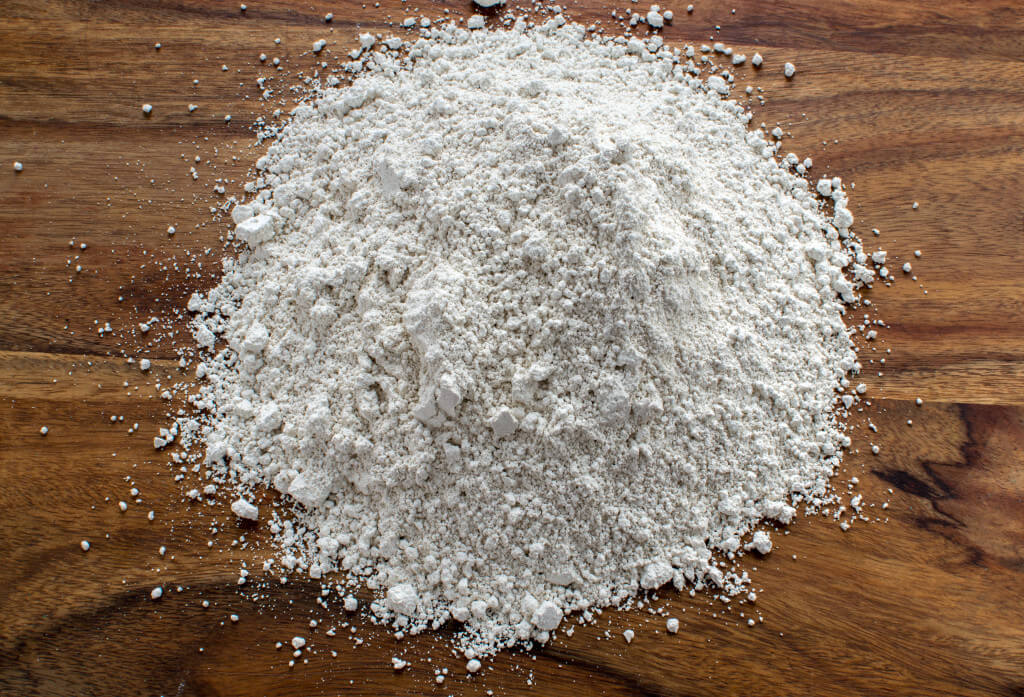

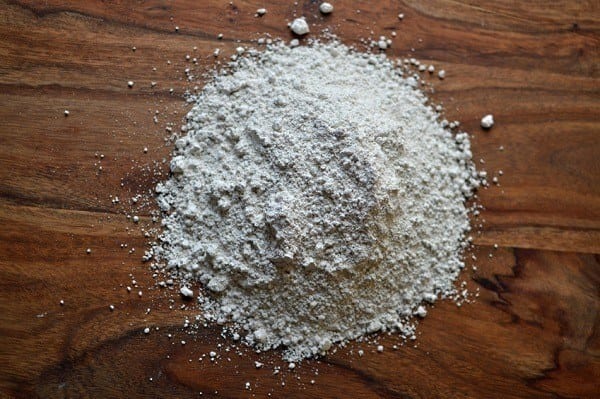
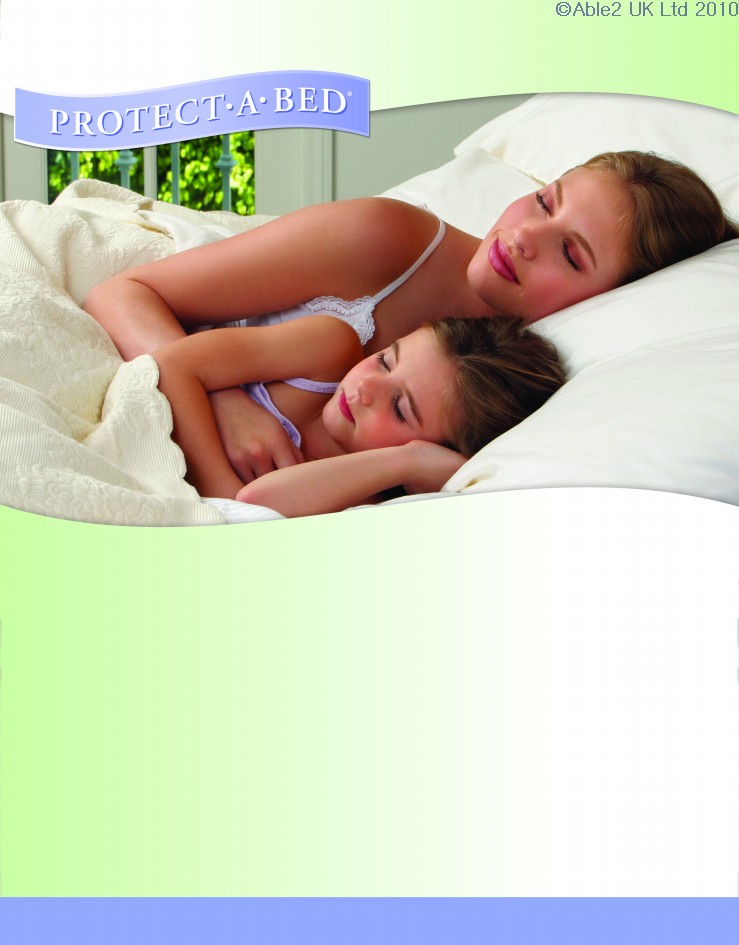





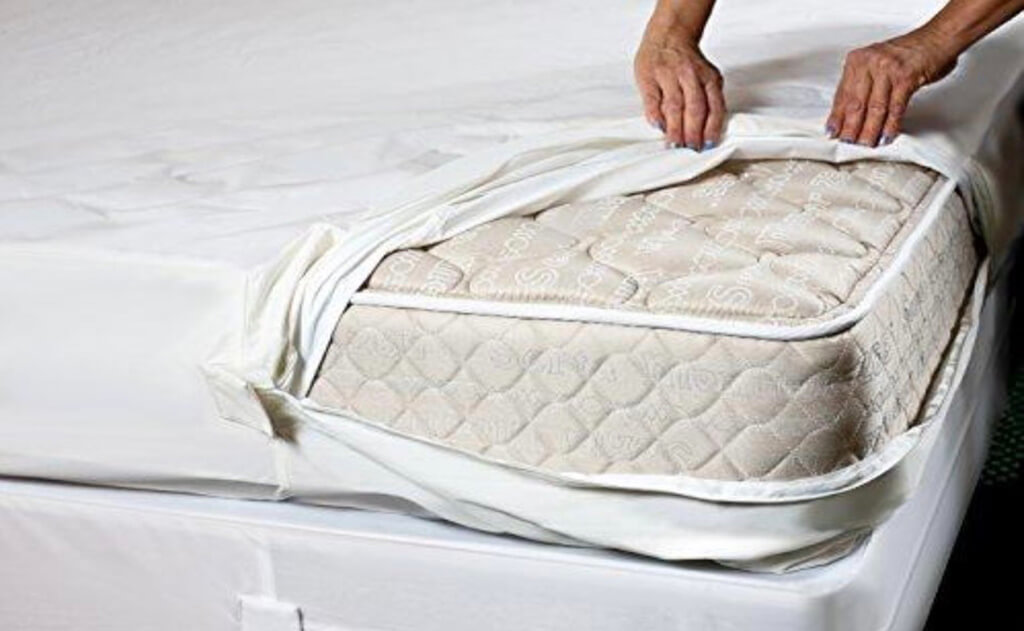
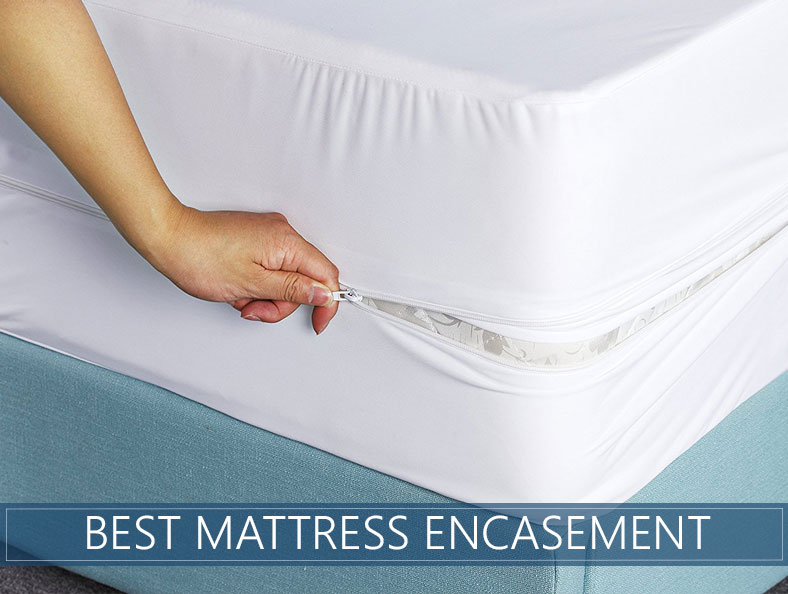


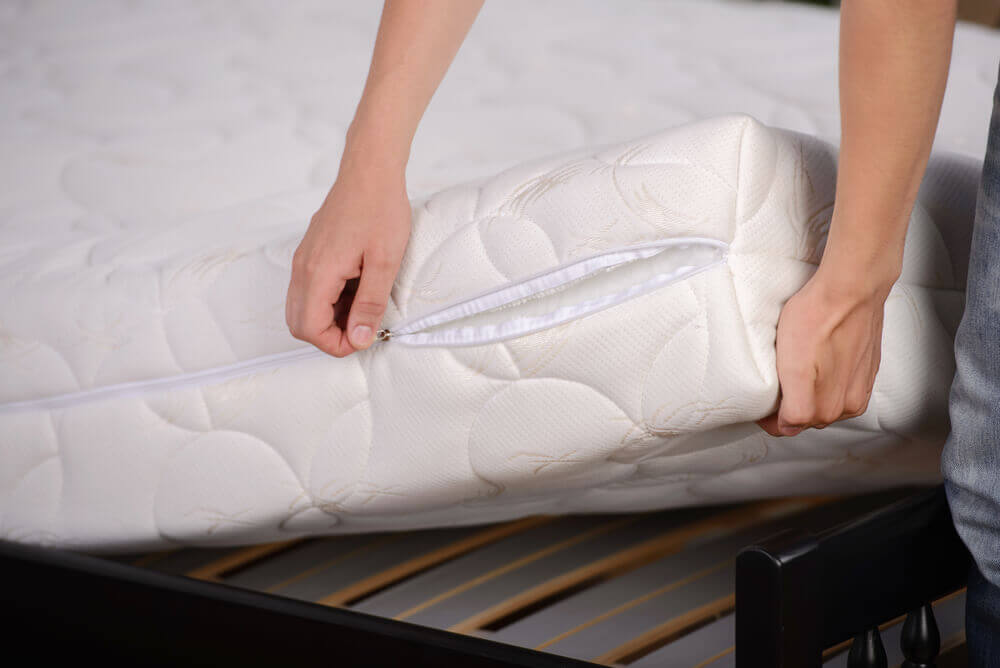


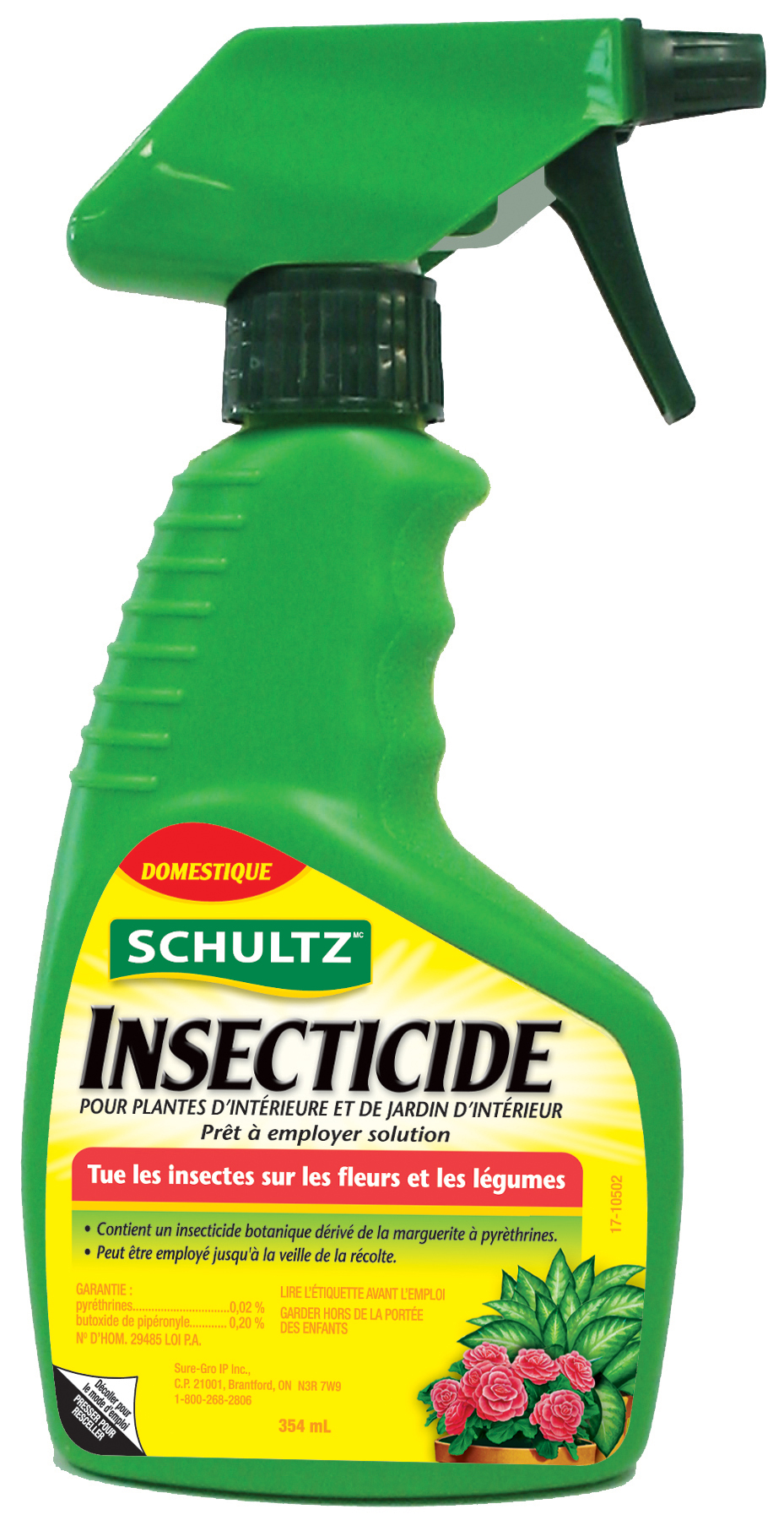


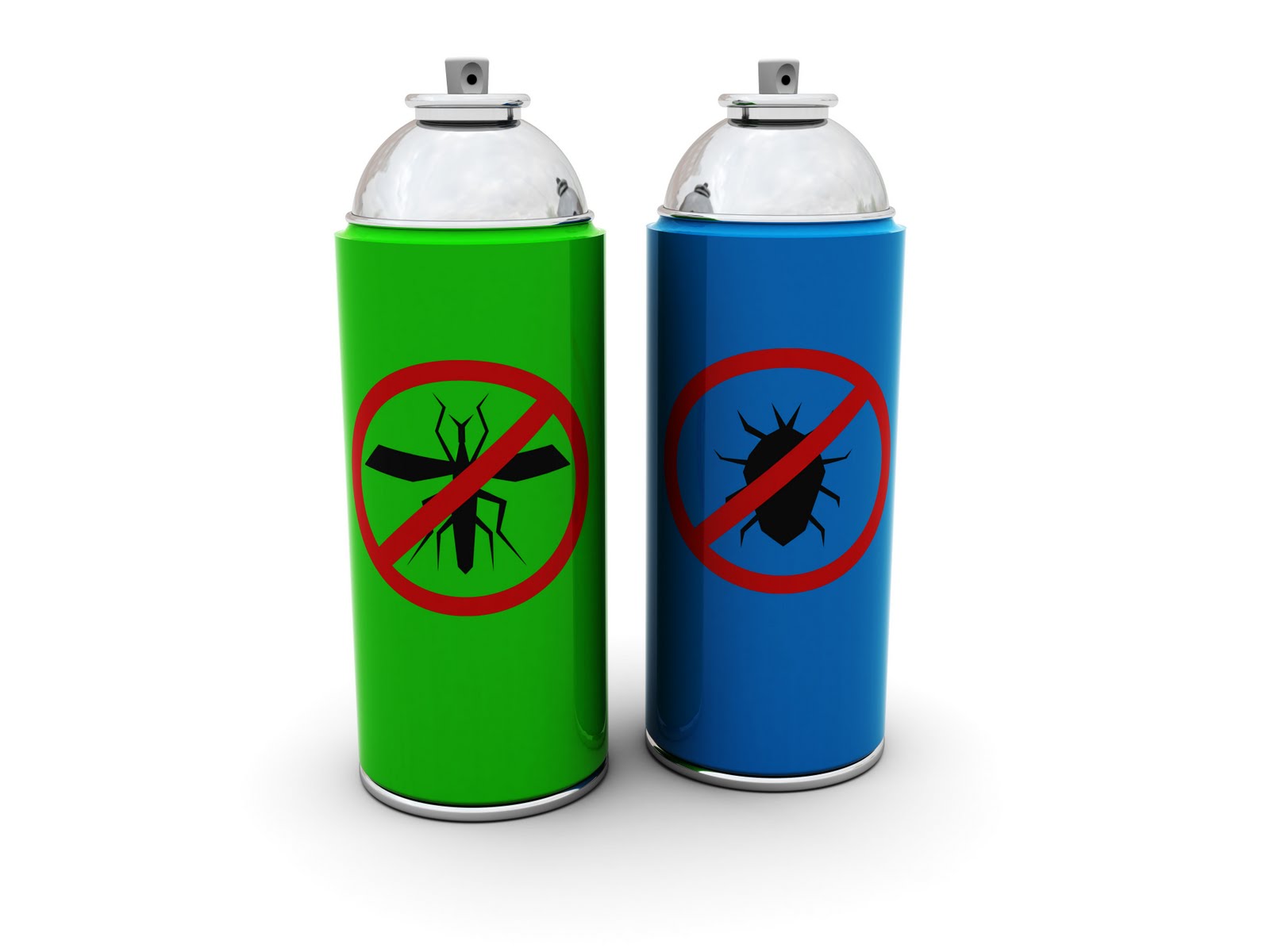
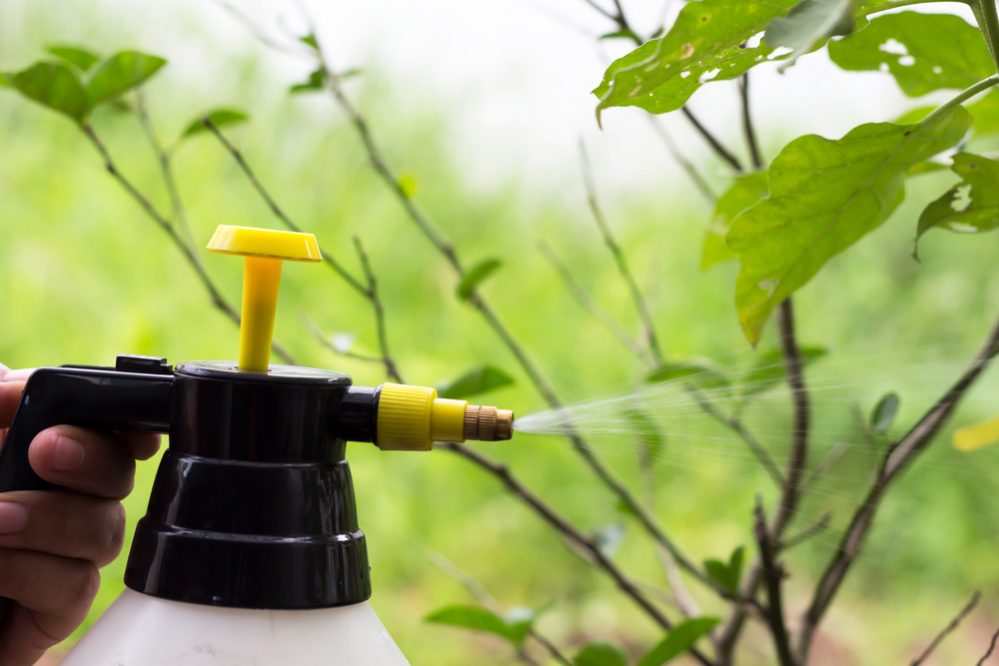
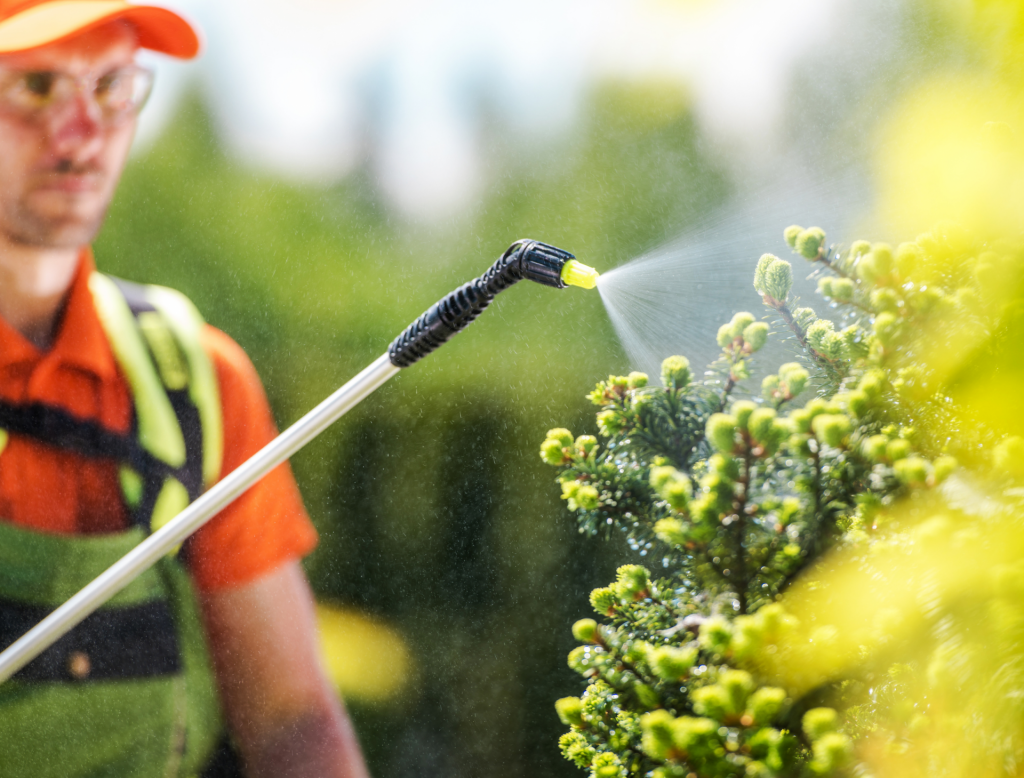
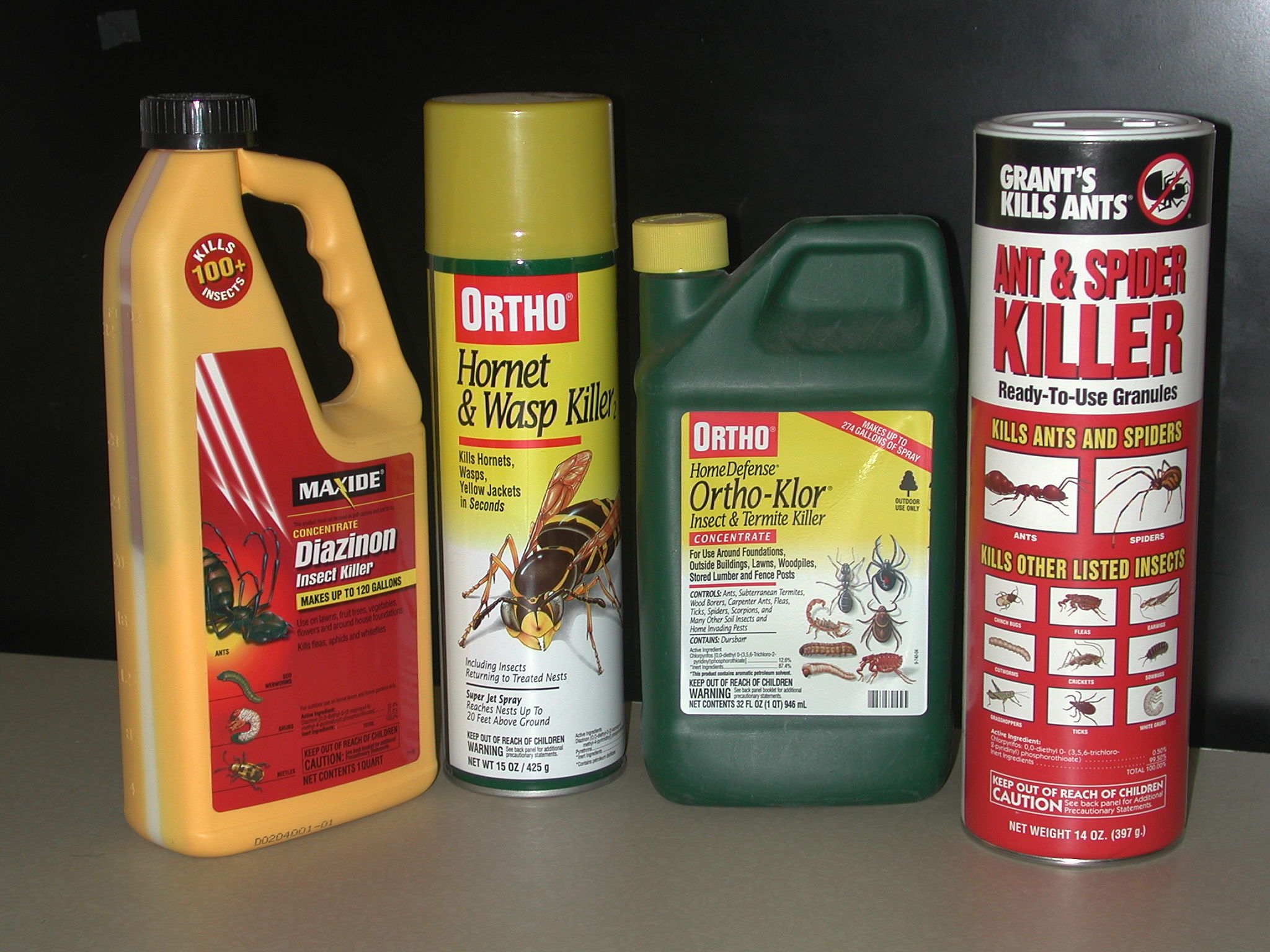

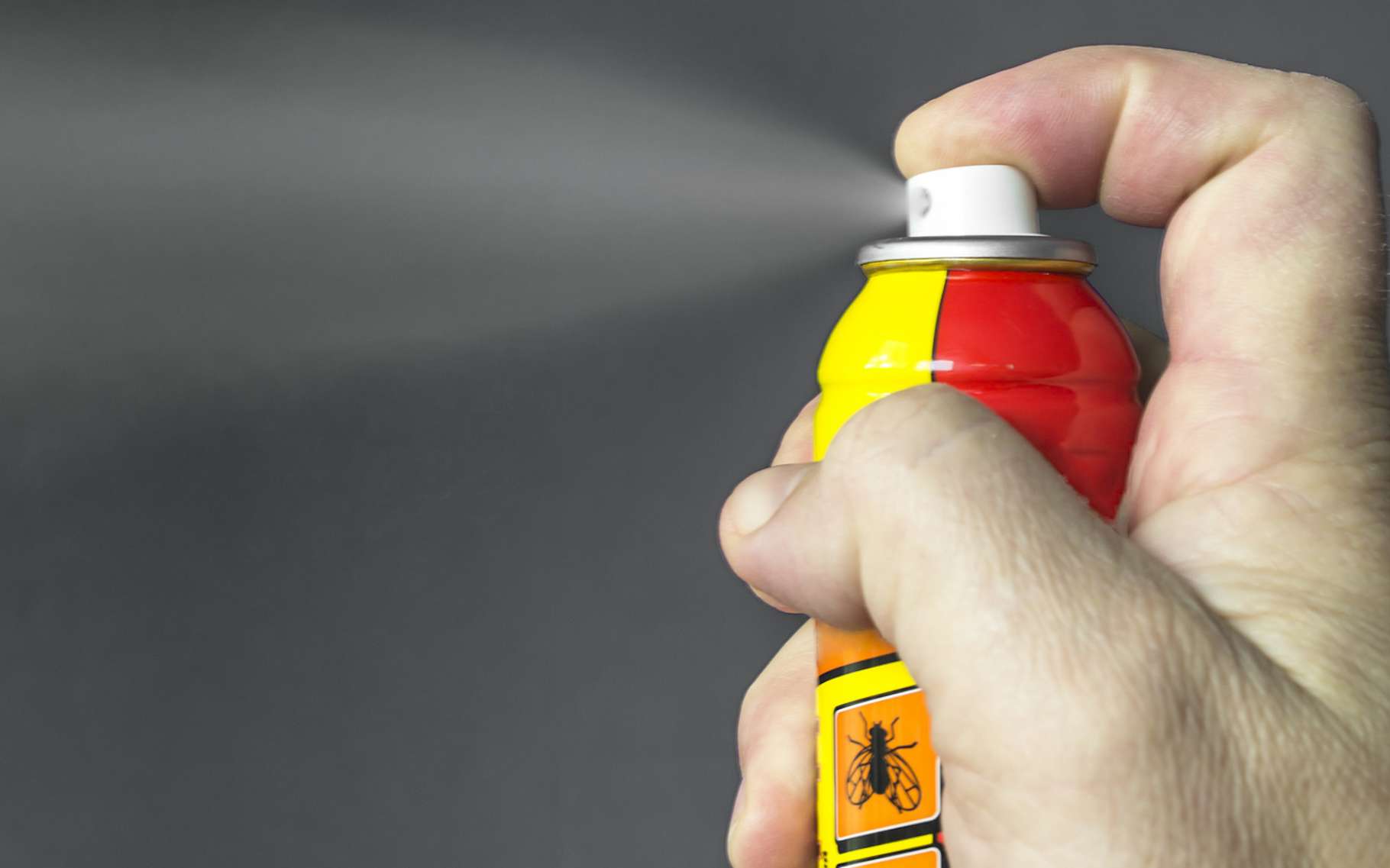



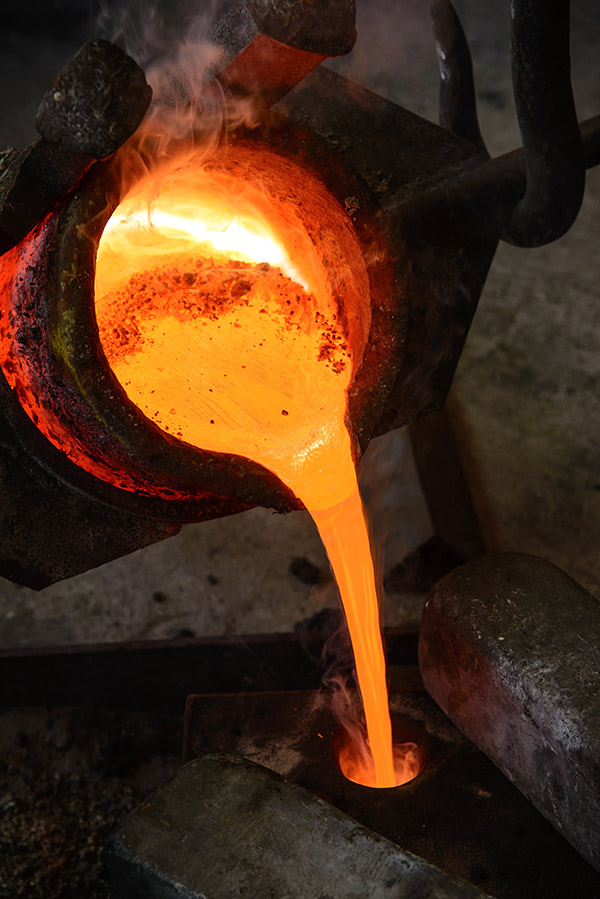
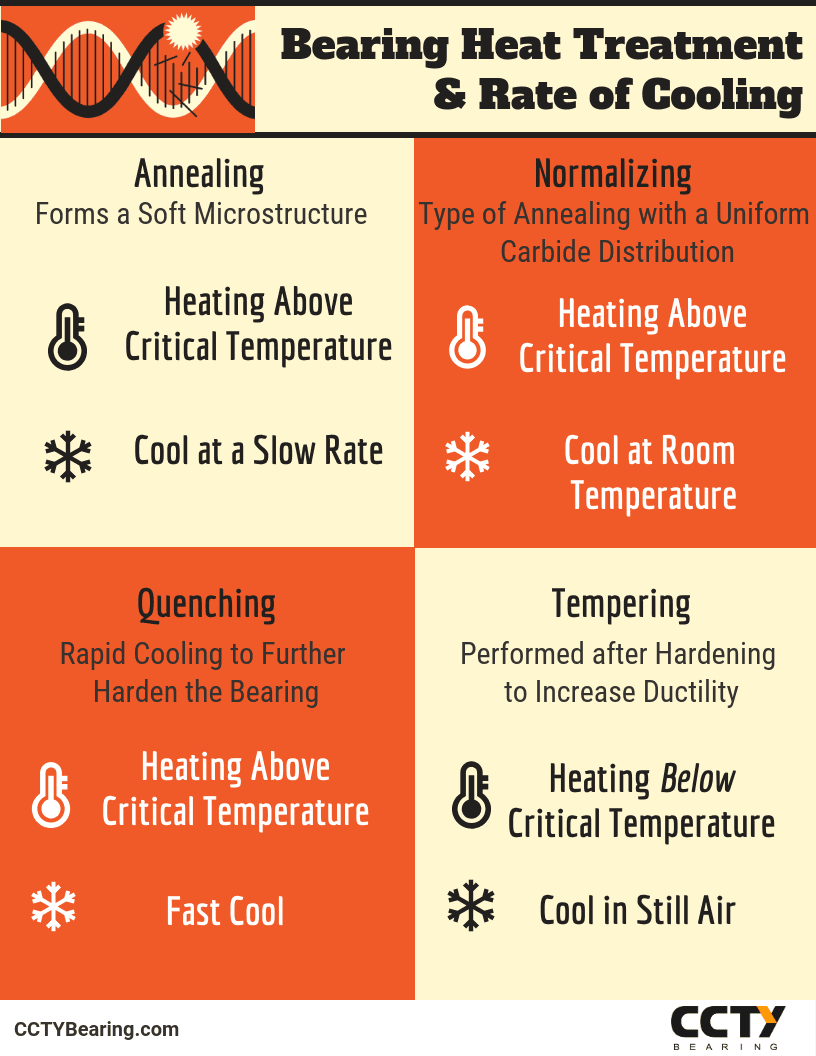


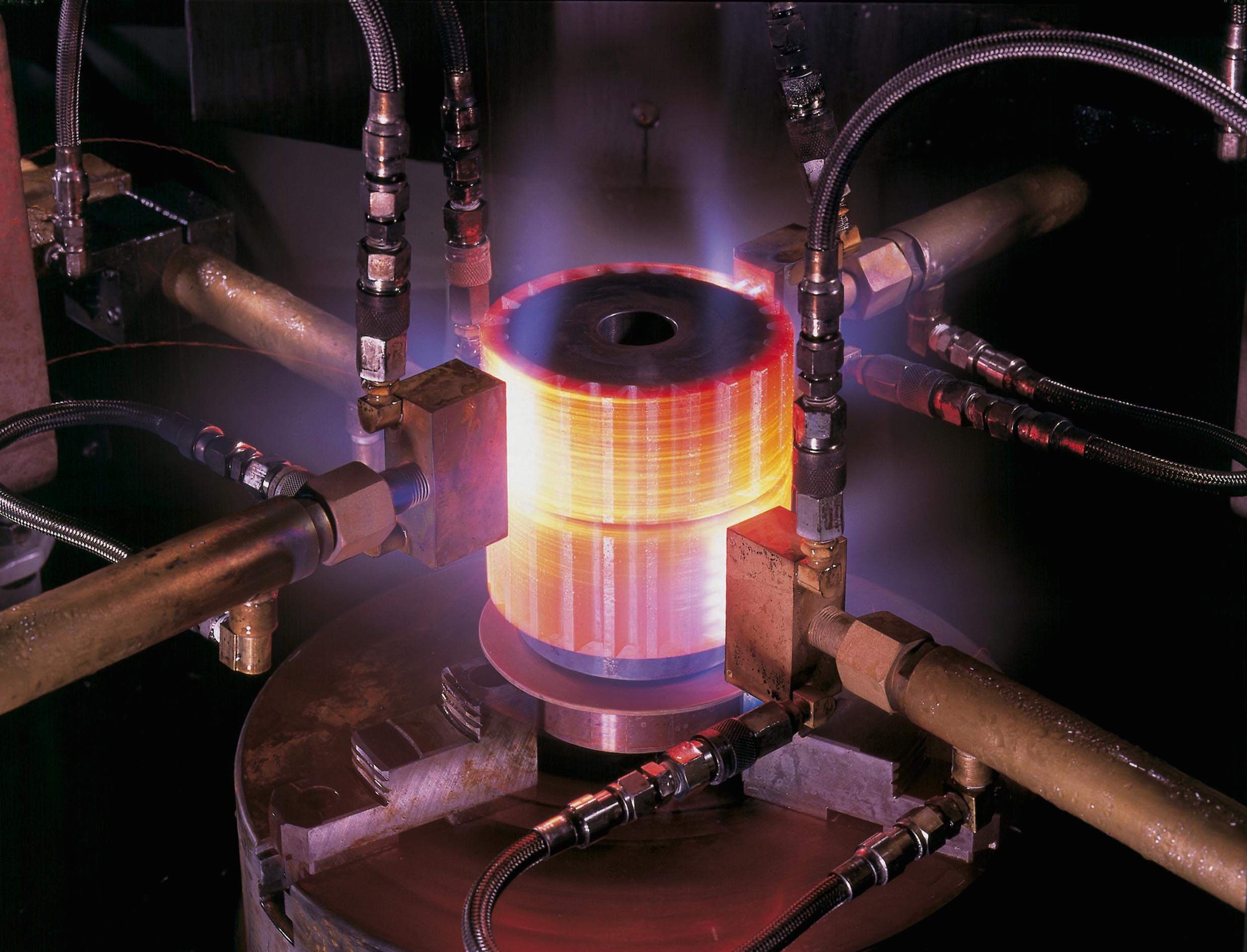
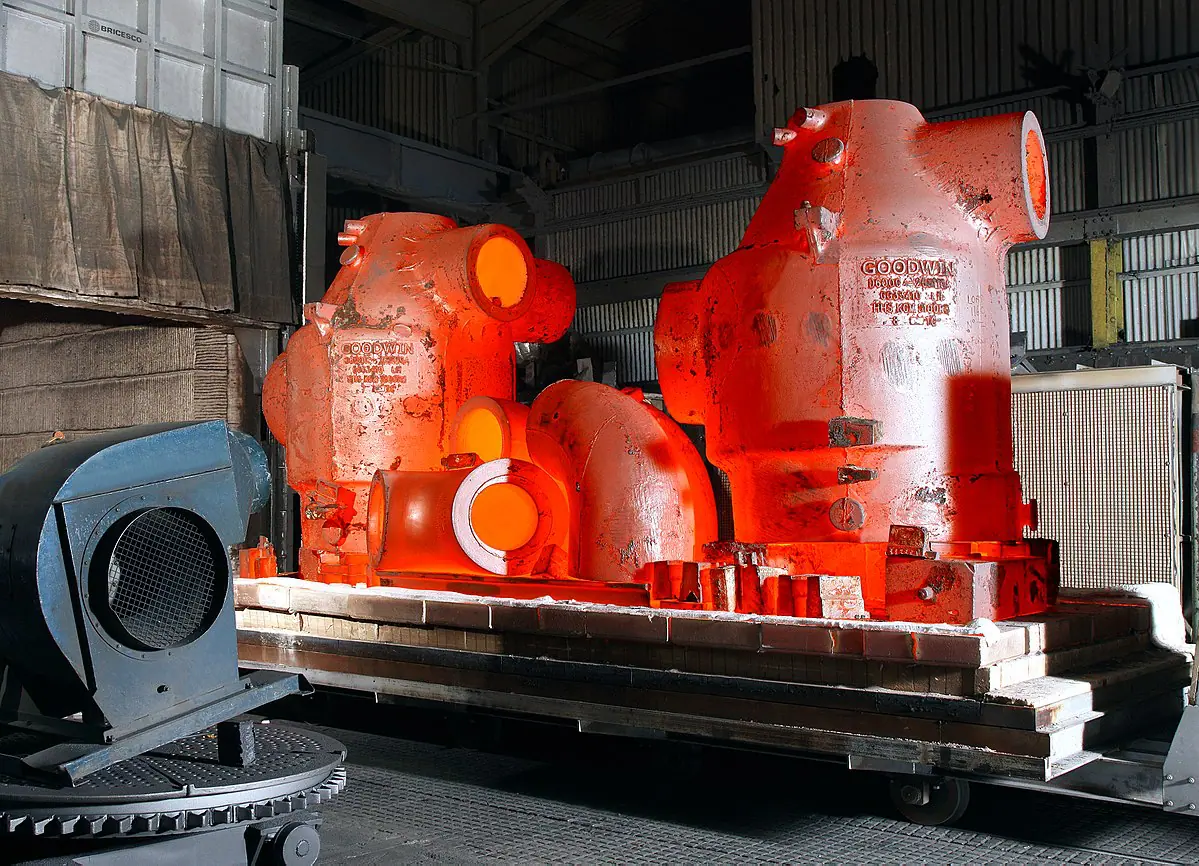

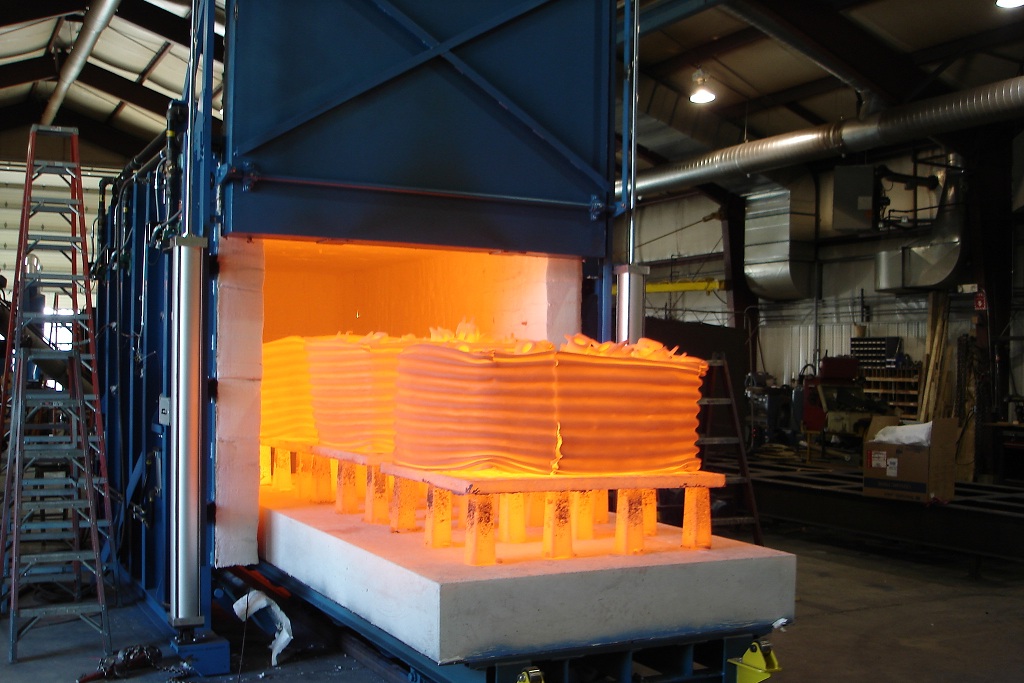




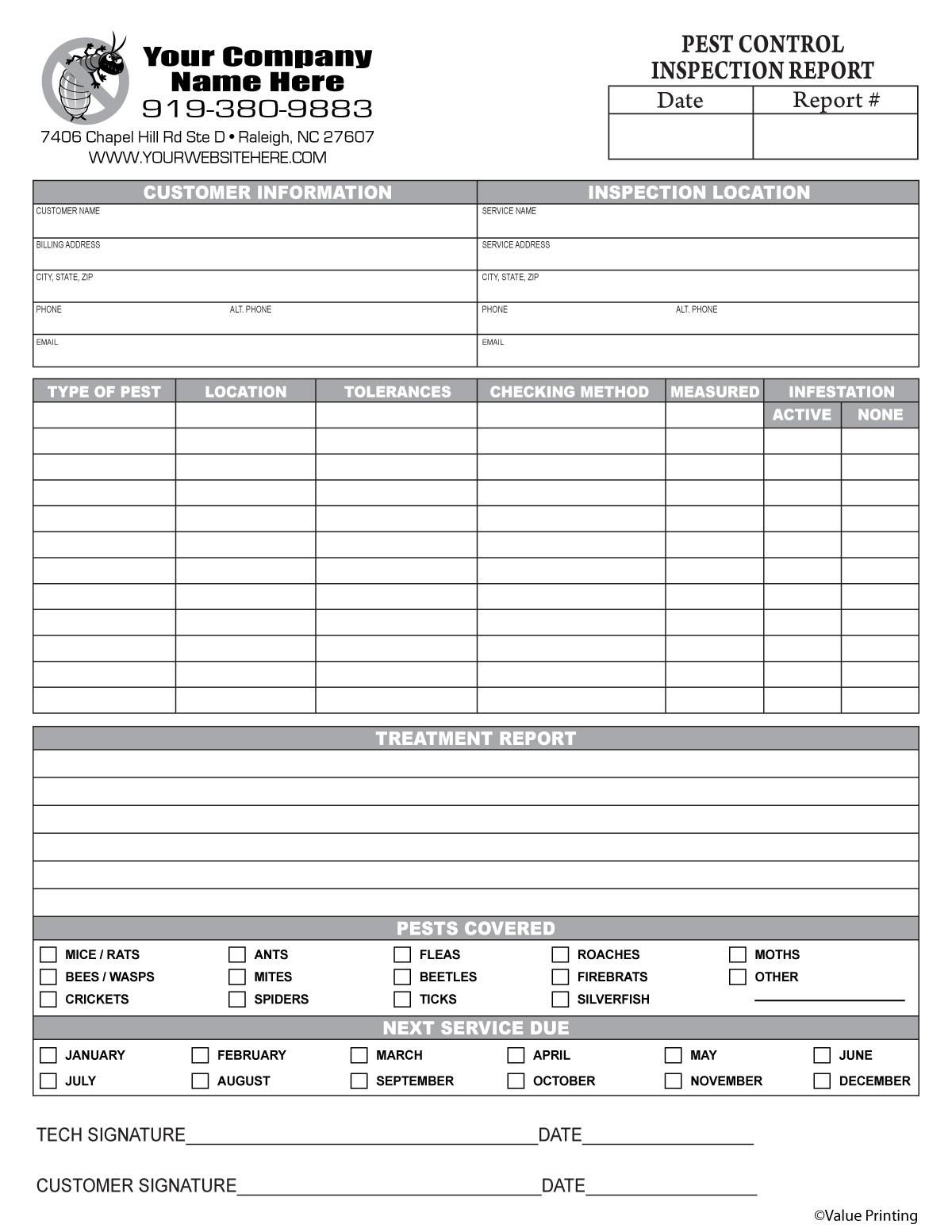




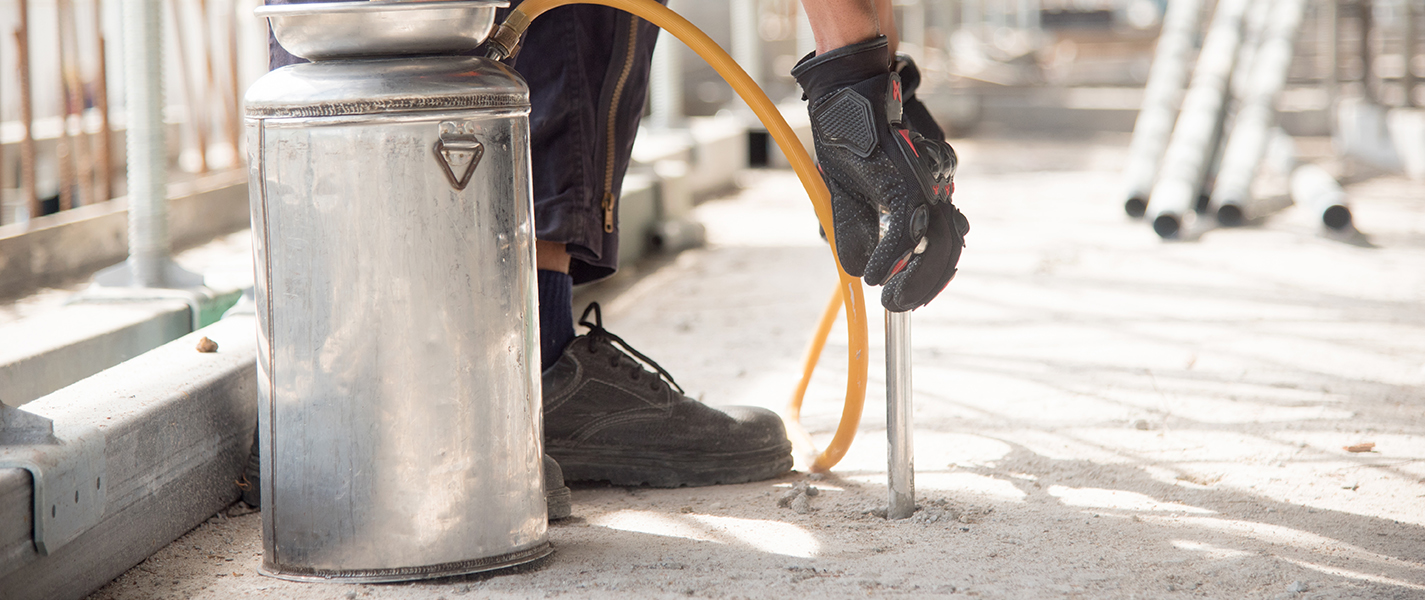
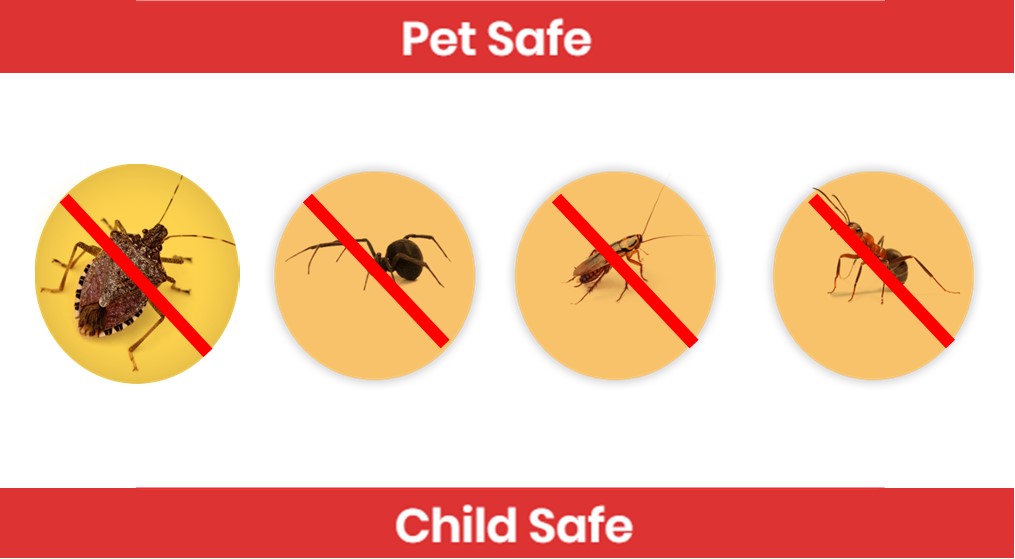

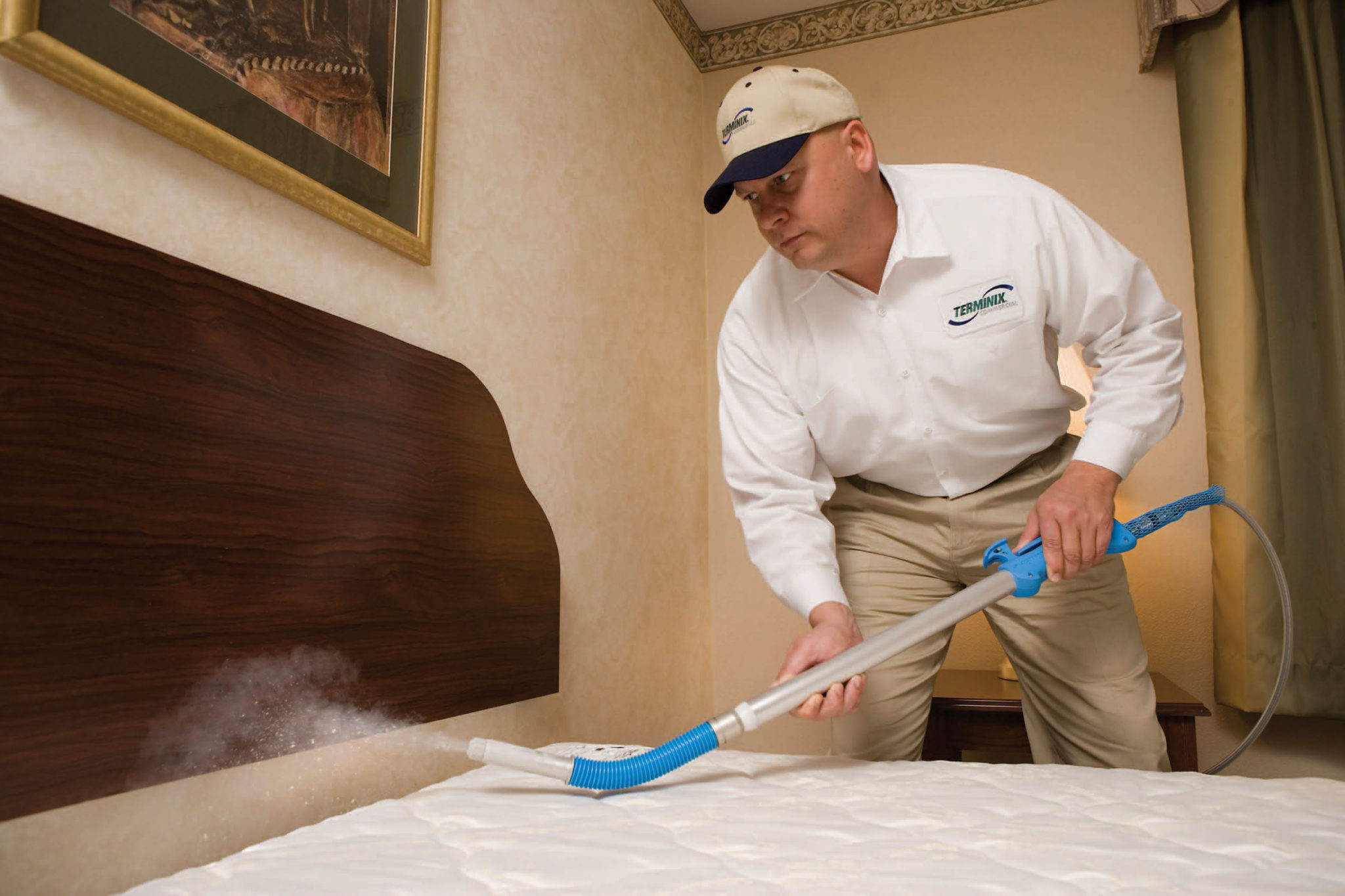
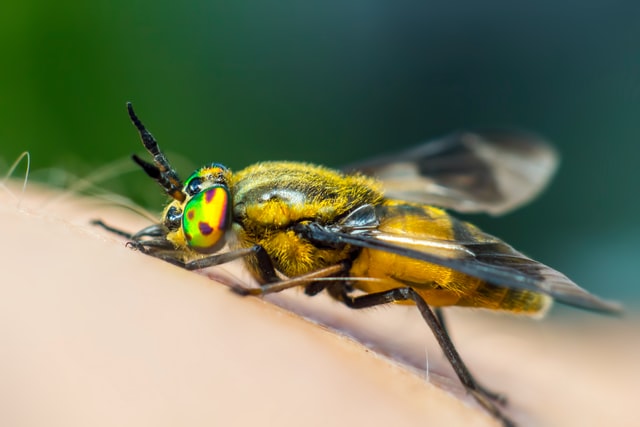
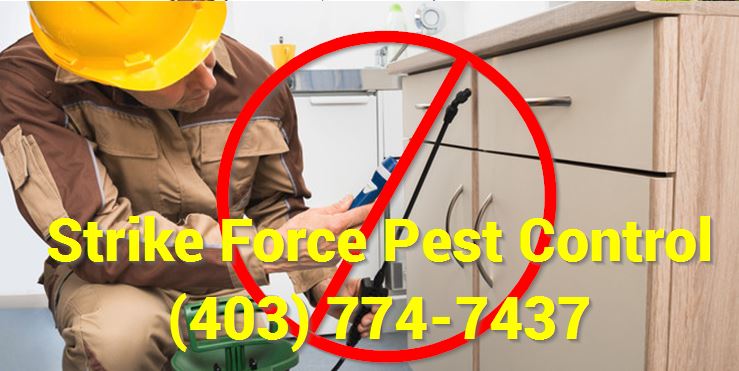


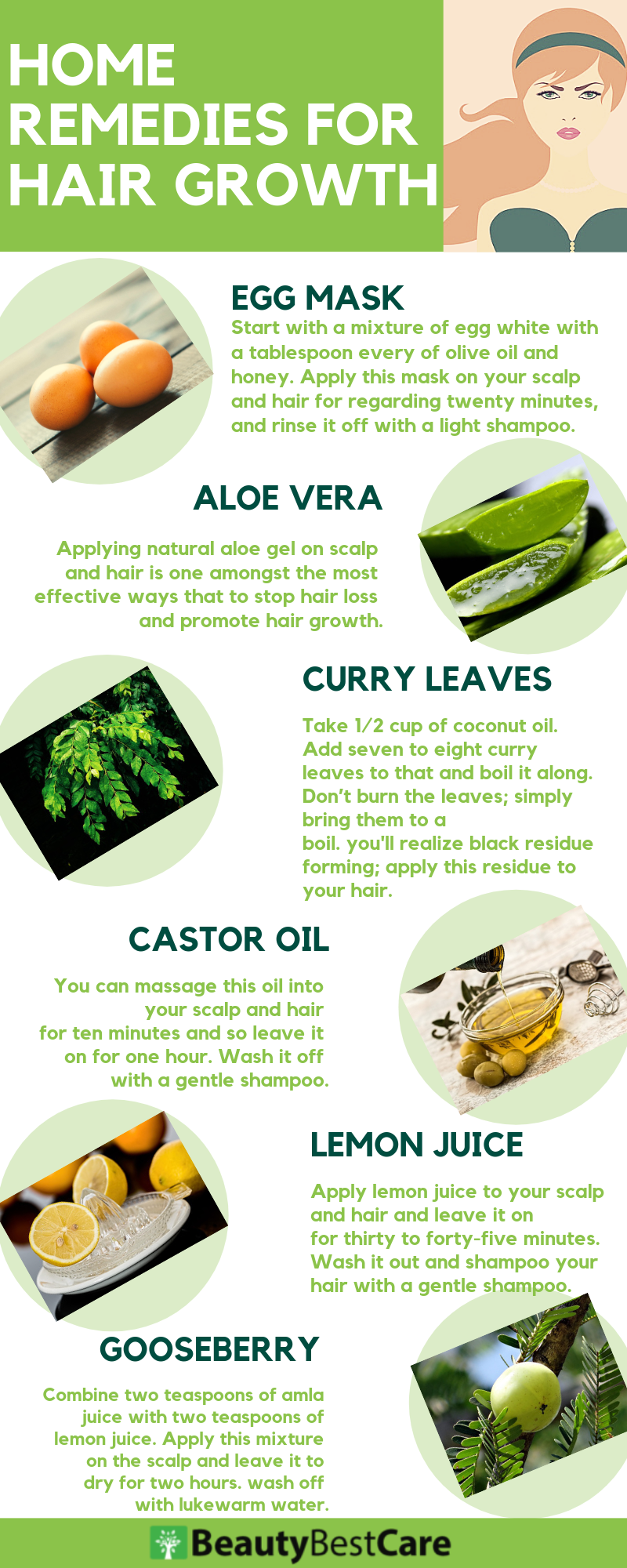




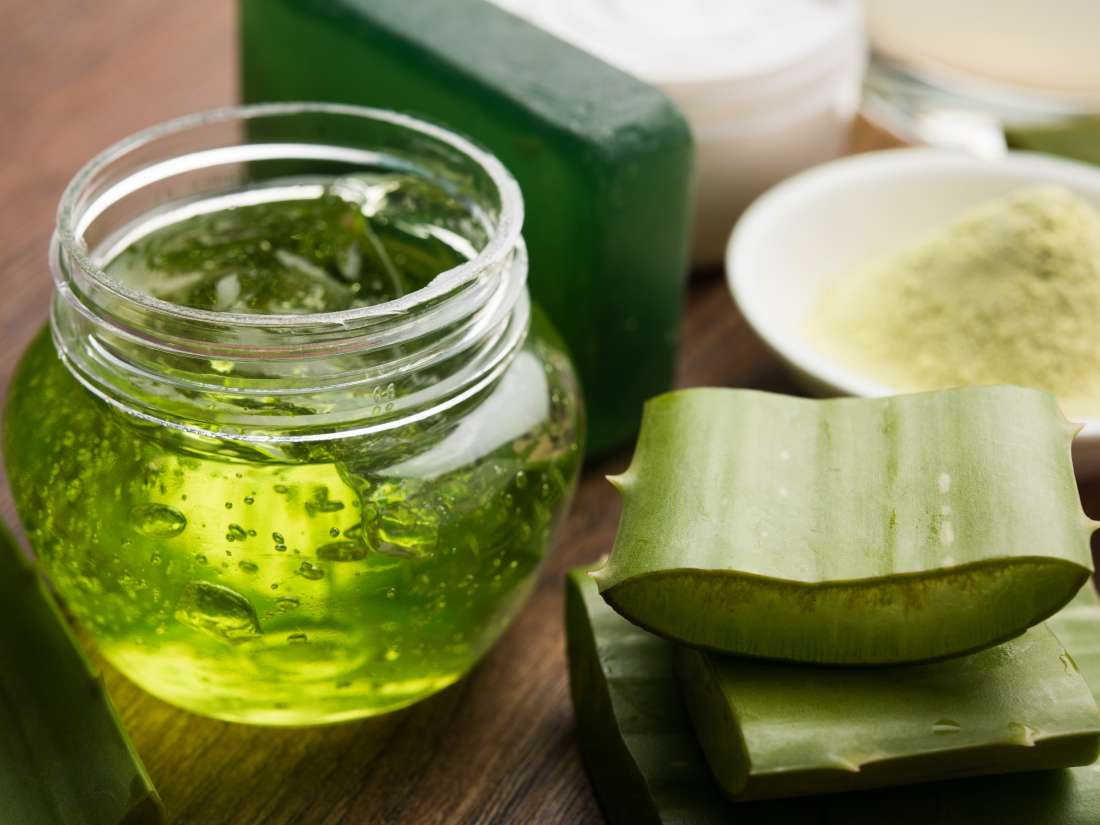

/GettyImages-sb10063662h-001-569ff01d5f9b58eba4adffd5.jpg)
/iStock_77442767_XLARGE-57fc0c535f9b586c35cab765.jpg)




